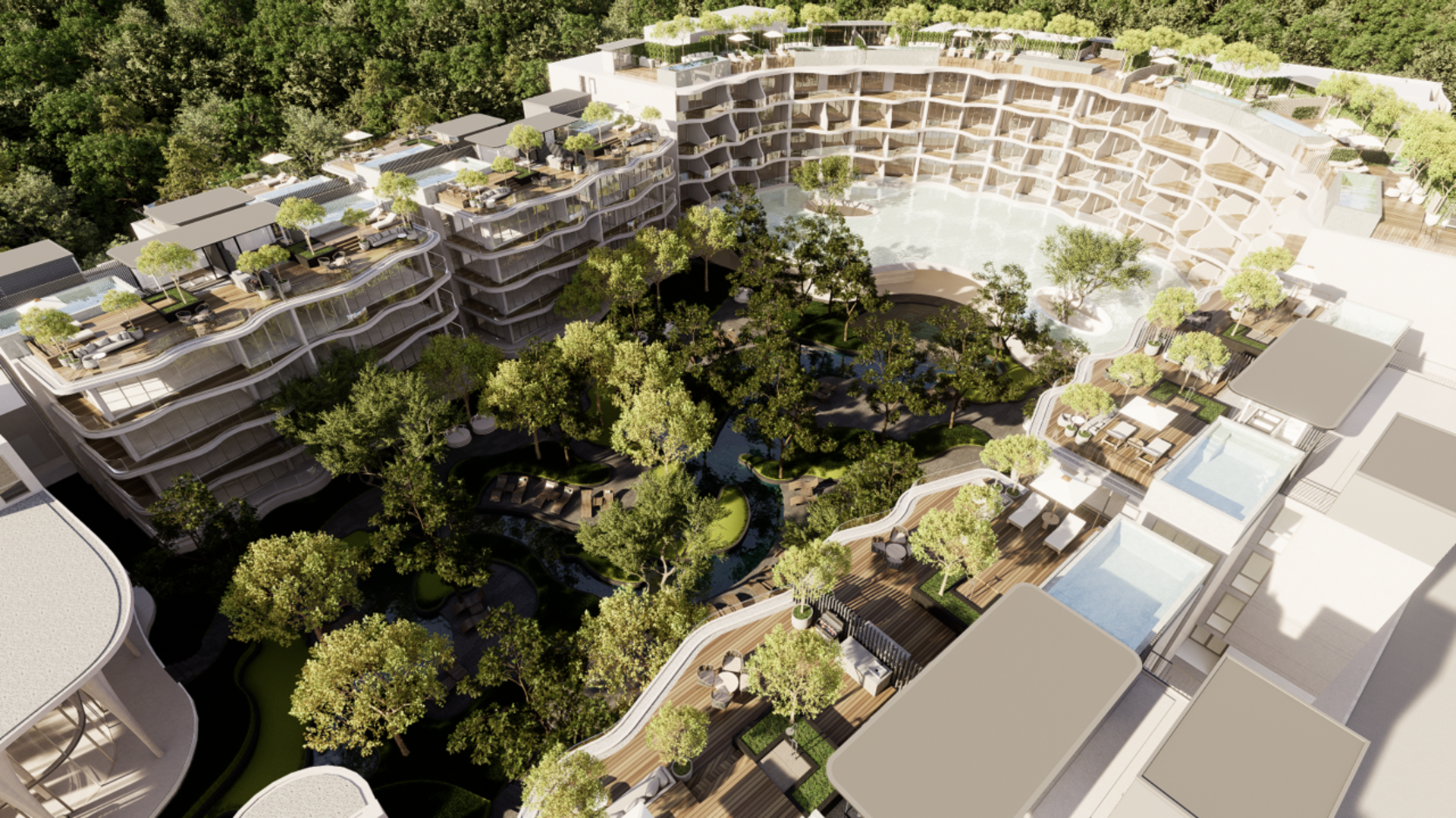"Firms already using D5 reported stronger, more capable intern contributions."
Key Takeawas:
- Closing the Skill Gap: D5 helped RMUTR students overcome their main challenges—realism and speed—while also reinforcing fundamentals like composition and storytelling.
- Measurable Impact: Students cut rendering time from 60–80 minutes to 5–20 minutes, adoption exceeded 90%, and satisfaction remained high (4–5/5 ratings).
- From Trial to Adoption: What began as workshops is now moving toward full curriculum integration and future partnerships, aligning with RMUTR’s vision to graduate practitioners who are market-ready.
1. The Pressure to Keep Up with Modern Visualization
Architectural education has always walked a fine line between nurturing creativity and ensuring real-world readiness. At Rajamangala University of Technology Rattanakosin (RMUTR), Salaya Campus in Thailand, faculty noticed an increasingly evident skills gap. Students were full of ideas but often struggled with realism, speed, and effective visual communication. This wasn’t just about rendering software—it was about producing graduates who could clearly and convincingly present their visions to clients. True to RMUTR’s motto, “Graduates who are Practitioners,” the faculty understood that today’s architects also need to be visual marketers. “To be a successful architect or designer, you also need to be a marketer,” Dean of Faculty of Architecture and Design, Assistant Professor Dr. Soraj Phruettikomol said.
RMUTR’s curriculum has long emphasized a thoughtful blend of design fundamentals and technological fluency. Students begin with hand sketching in their first year, before progressing into digital tools—ensuring that key concepts like proportion, composition, and narrative aren’t lost in the transition.
2. Introducing D5 Render to the Classroom
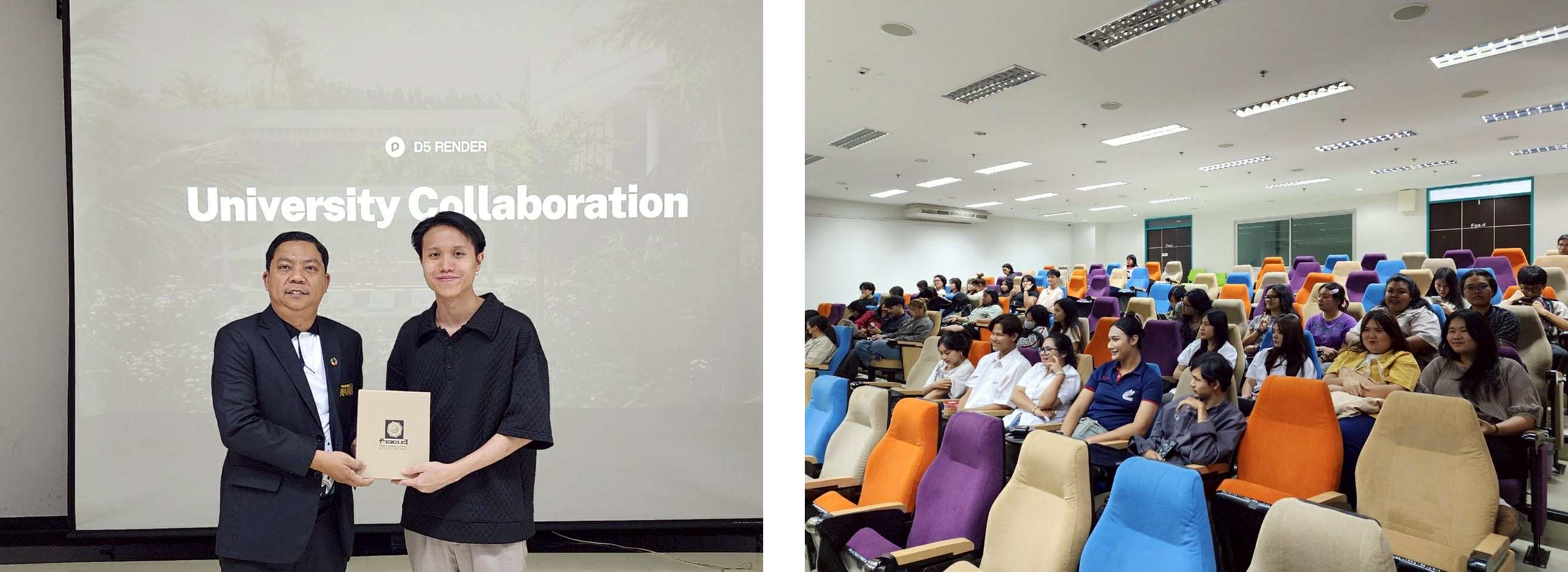
A pivotal shift occurred when Ajarn Chayasawat came across D5 Render during a workshop. Impressed by its speed and visual output, he invited the D5 instructor to host a four-week seminar at RMUTR. The impact was immediate. Workflows sped up, image quality improved, and students were hooked. “The speed of the workflow and the realism of the images produced—just wow. The work is done so quickly; it renders in real time,” Instructor Chayasawat Suriyasaransuk said.

D5 supported the pilot enthusiastically—sending guest lecturers for a “Design Forward” seminar, conducting weekly training sessions for both students and staff, and granting free Education Licenses to anyone with an RMUTR email.

Students eagerly embraced this new creative tool. Features like Animated Models and one-click lighting setting made their scenes feel alive and atmospherically rich. Built-in AI tools made it easier to match moods, enhance realism, and refine visuals with minimal manual labor.

For instructors, AI tools became more than just a novelty—they became a teaching catalyst. Students could now hit a polished baseline faster, freeing up classroom time to focus on deeper lessons in composition, narrative development, and intent. Faculty also benefited. With students producing higher-quality work, critique language could be elevated and standardized across different classes and years.
Also read: Need Free PBR Textures? Try AI PBR Material Snap in D5!
3. Outcomes: Closing the Skill Gap
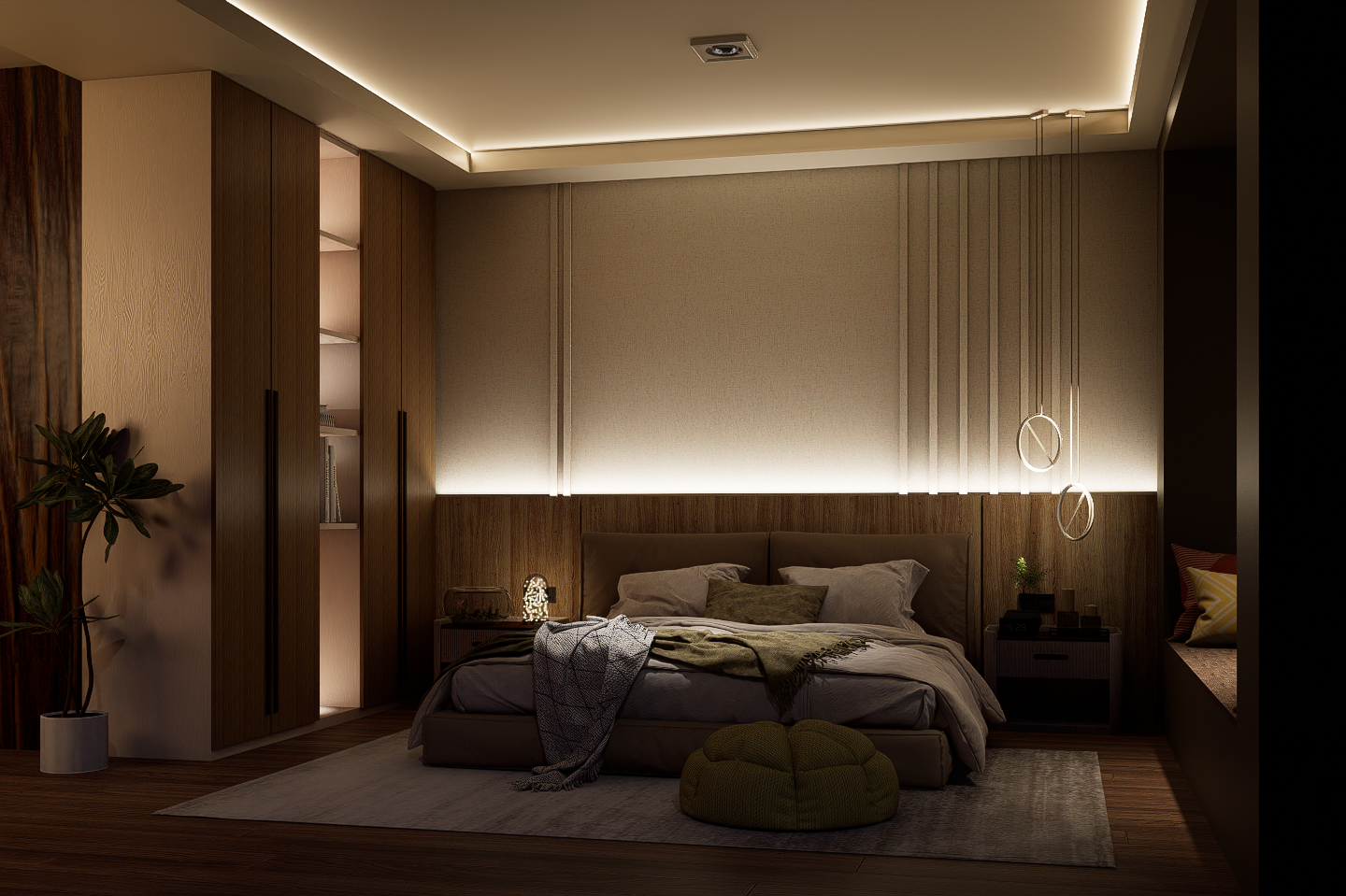
The excitement around D5 wasn’t just anecdotal—it was backed by results.
- Render Time Reduction: From 60–80 minutes using older software to just 5–20 minutes with D5.
- Adoption Rate: Over 90% of students used D5, with hardware availability as the only barrier.
- Ease of Learning: Every single student rated D5 easier to learn than other tools.
- Satisfaction Scores: Consistently rated 4 to 5 out of 5.
Students described the software as intuitive and creatively liberating. One student shared, “It’s easy to use and allows for a lot of creativity in rendering. I wish D5 was a regular subject in our curriculum.” Others suggested a Thai-language interface to smooth the learning curve for beginners. Where lab equipment met the required specs, uptake was virtually universal.
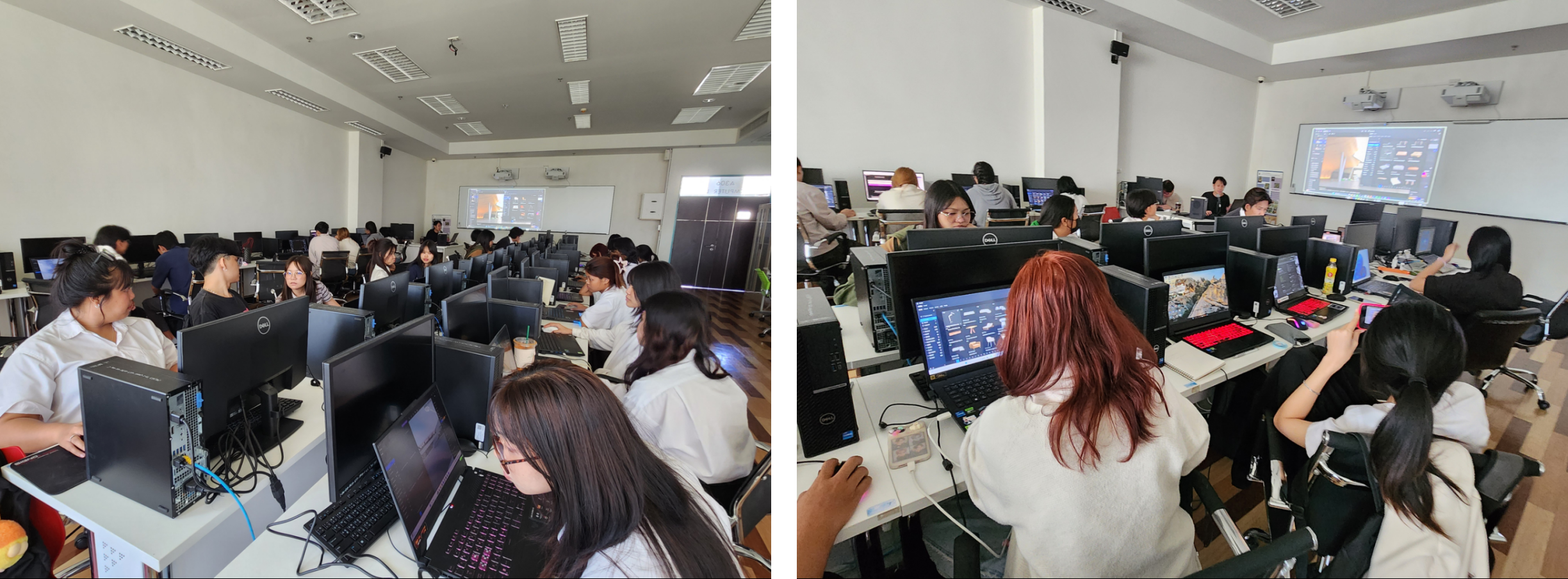
Instructors also noticed a clear difference. Student work became more polished, atmospheric, and thoughtfully composed. The real-time workflow encouraged bold experimentation and allowed students to zero in on timeless skills like camera angles and visual storytelling—tools that transcend any specific software. “As of today, the students’ work has turned out exceptionally well. I feel so gratified, seeing that our students are on the right track. Their work is truly beautiful,” said Ajarn Chayasawat. Though D5 met professional standards, instructors continued to reinforce fundamentals to ensure students weren’t just using tools—they were thinking like designers.
4. Embedding D5 into the Curriculum
Following the successful pilot, RMUTR began formalizing D5’s place in the curriculum. This wasn’t just about one program or course. The potential for D5 spans disciplines: Interior Architecture, Architecture Technology, Product Design and Innovation, and Digital Media Design all stand to benefit. Real-time rendering speeds up iteration and strengthens visual storytelling—key components in any design field.

The university also saw how D5 could boost the effectiveness of internships and co-op programs. Firms already using D5 reported stronger, more capable intern contributions, further justifying RMUTR’s decision to make it a core part of their teaching. The trial didn’t just upskill students—it also helped faculty modernize their approach, creating a shared visual vocabulary that made critiques more effective and collaborative.
“I believe that could enhance knowledge for both students and faculty, and in supporting exchanges between the company and the university,” Dean Soraj noted. What began as a trial is now evolving into a long-term partnership—one that aims to keep academic learning aligned with industry standards.
5. A Shared Vision: Graduates Who Are Practitioners
At its heart, RMUTR’s integration of D5 isn’t about chasing trends. It’s about preparing students for the expectations of a fast-paced, visual-driven industry. By combining solid foundational training with cutting-edge AI tools, RMUTR is setting its students up to thrive. “If we have this foundational knowledge and combine it with AI and technology available today, we can become leaders in design and stand at the forefront of designers in Thailand,” Dean Soraj affirmed.
D5 bridges more than just a software gap—it connects the dots between concept and communication, between the classroom and the client. As Instructor Chayasawat summed it up: “Realism, delivered quickly.” With that, RMUTR is empowering its students with the skills—and the confidence—to step directly into the professional world.




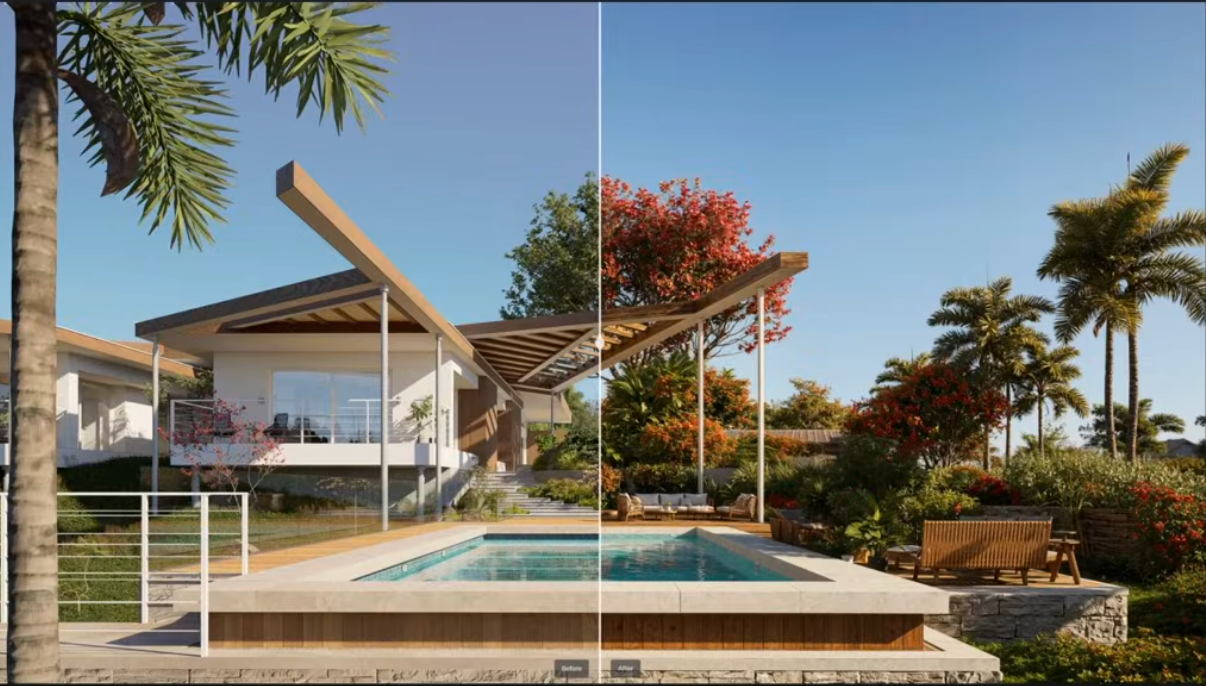

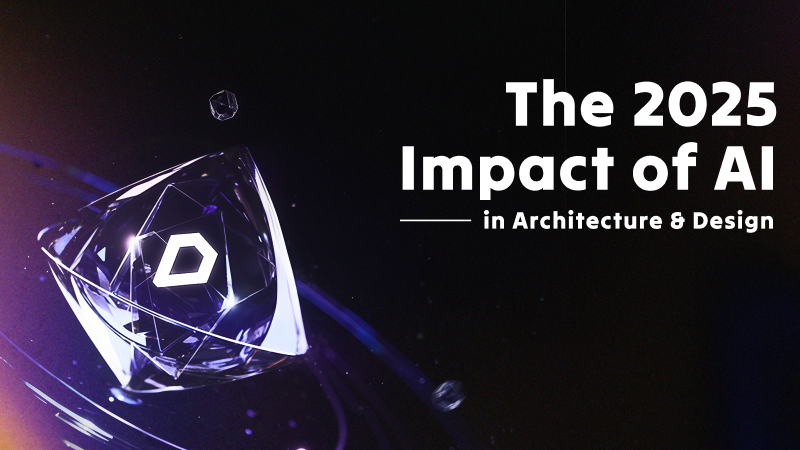
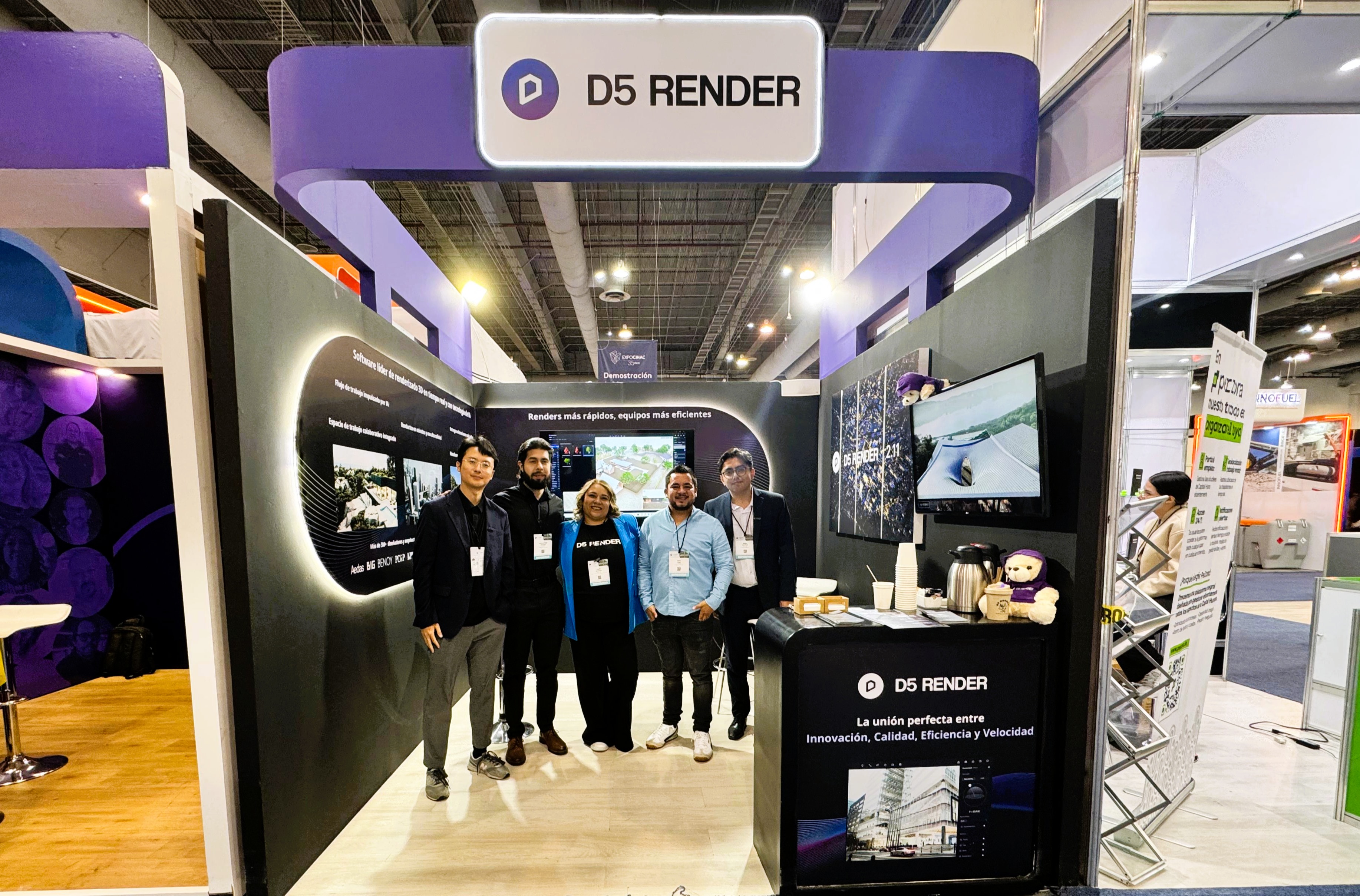

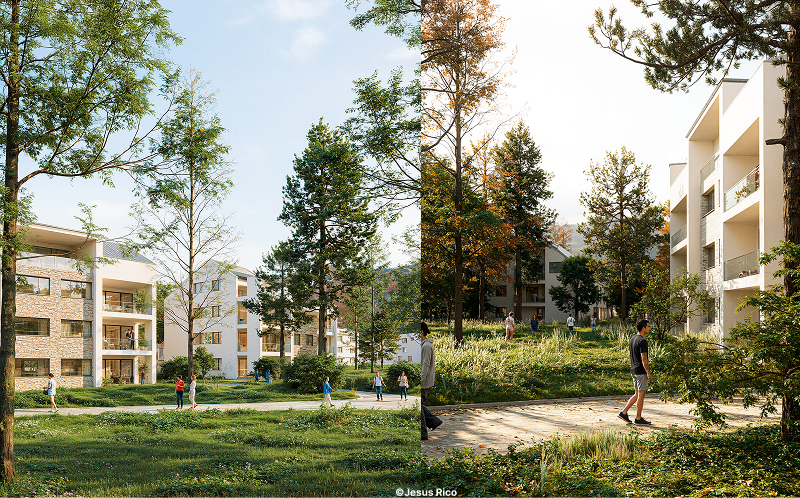
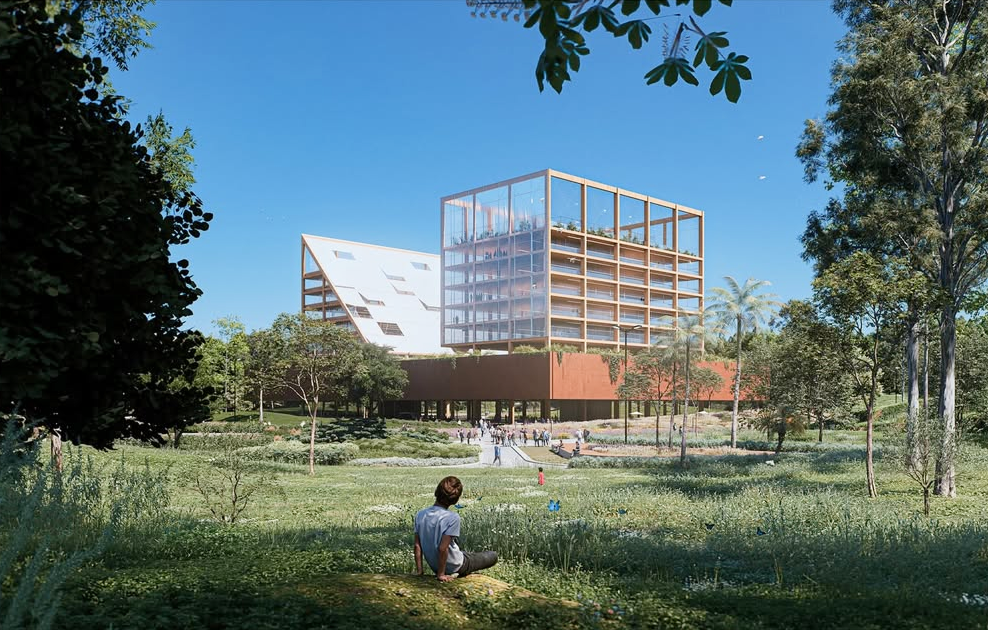


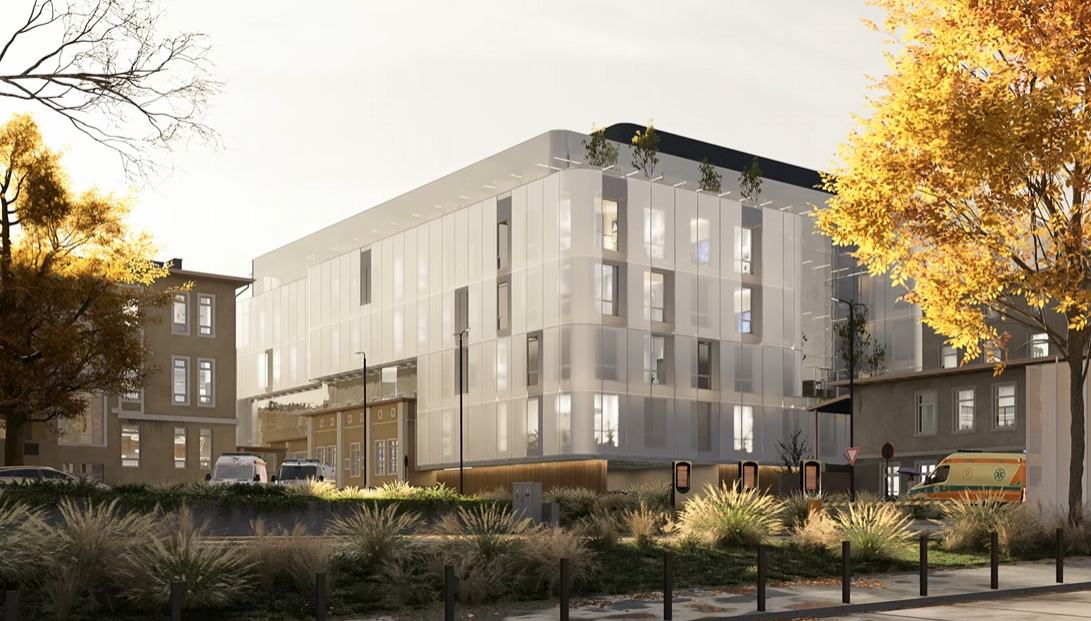
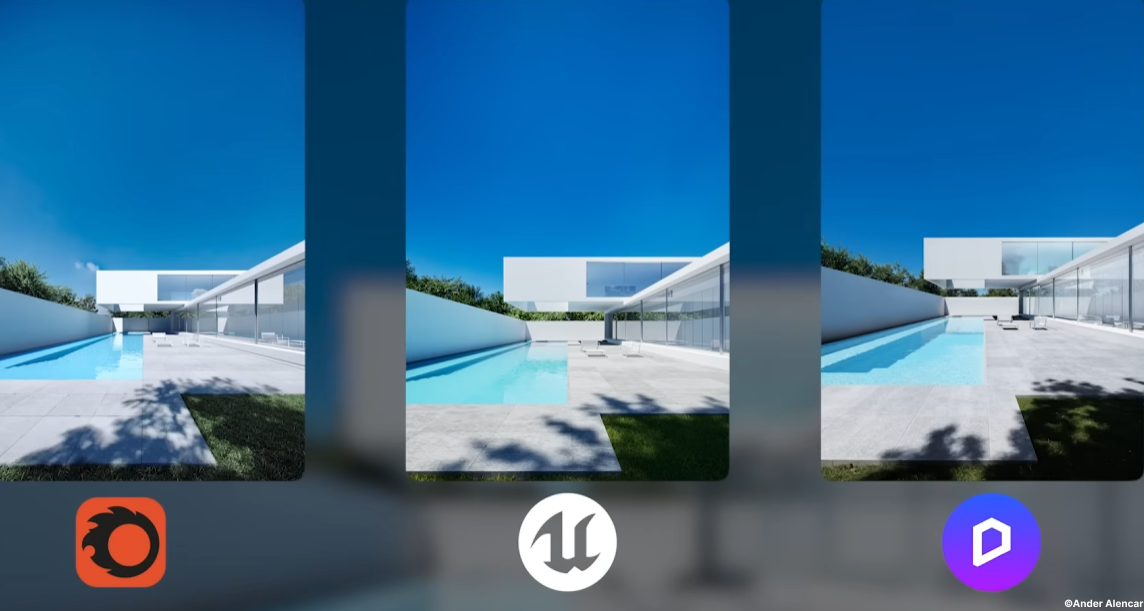
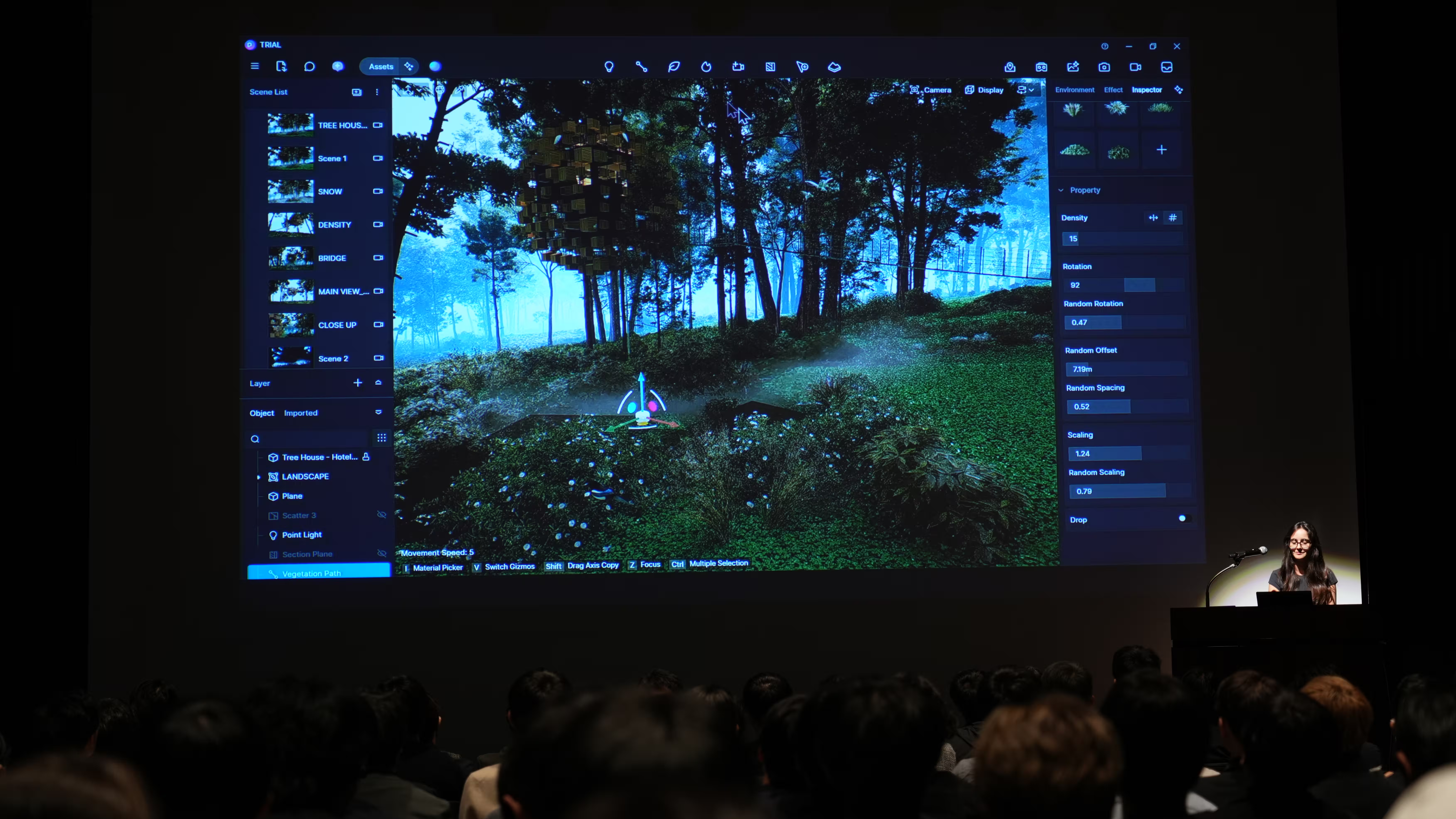

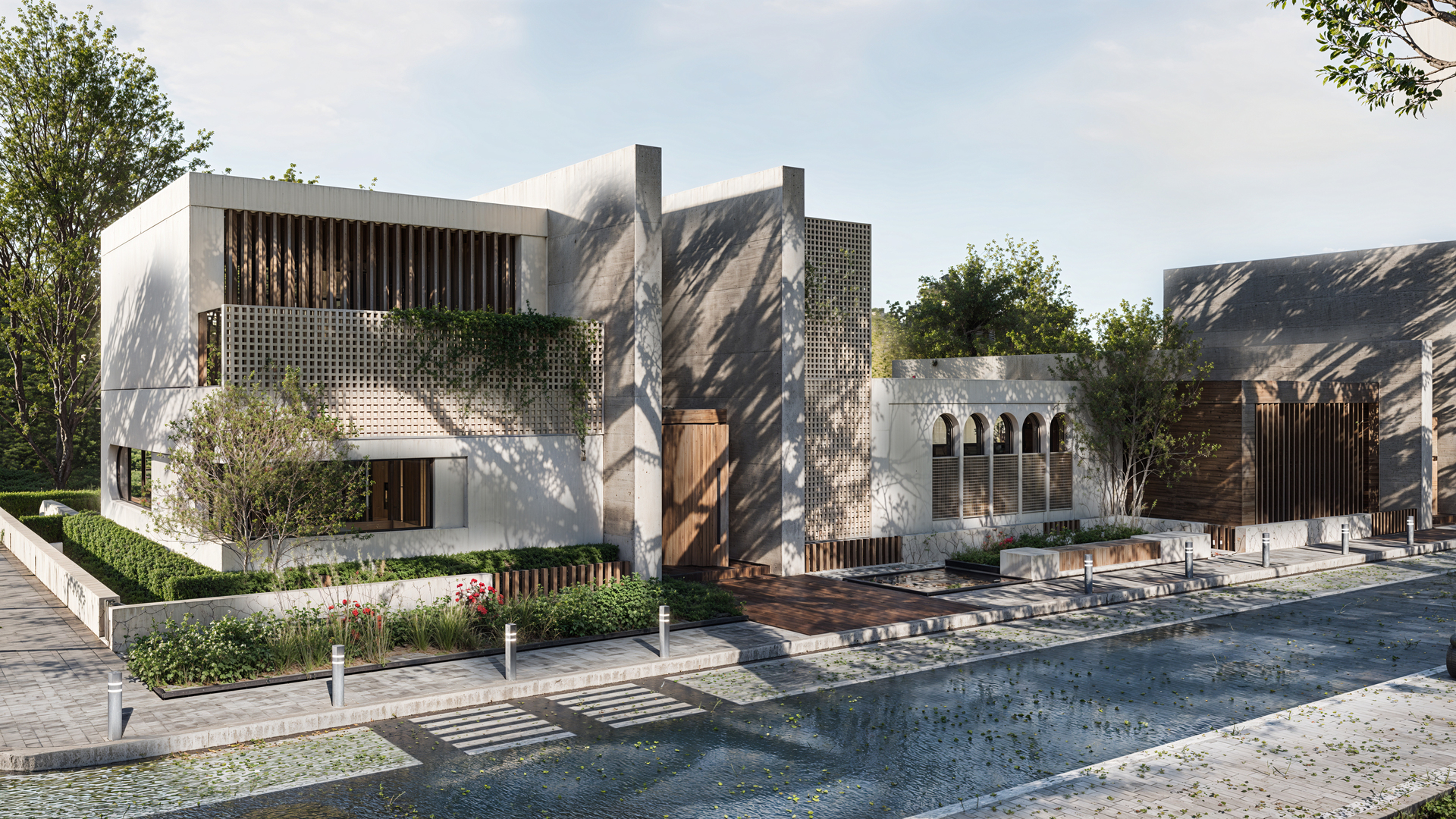
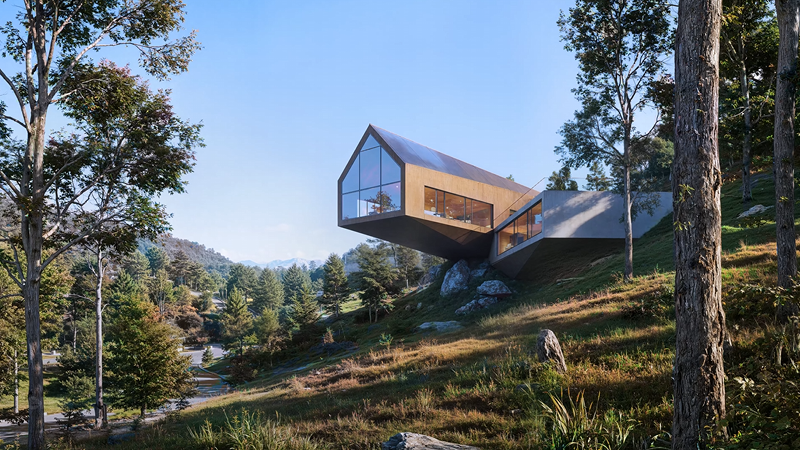
%20(1).png)
.png)
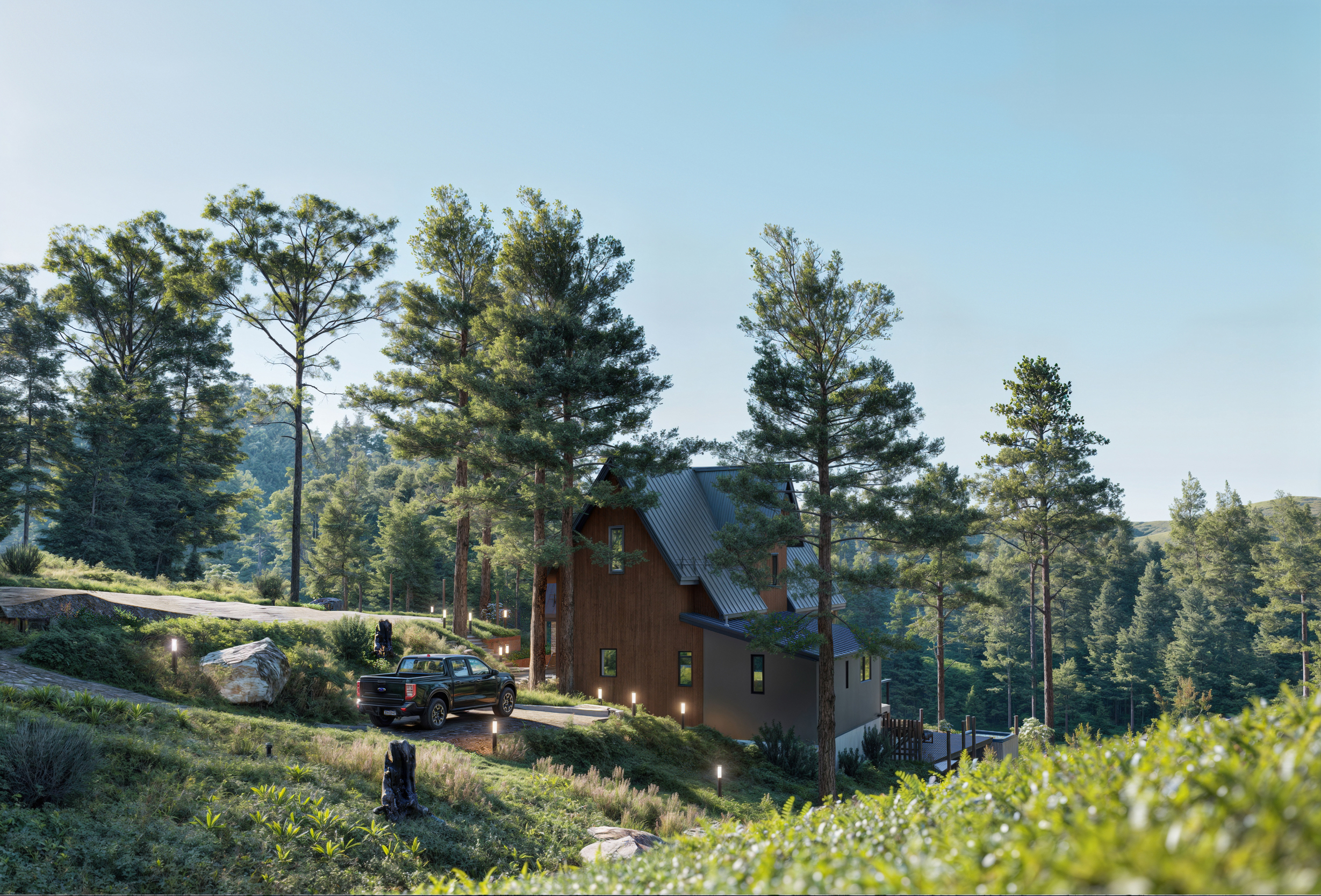
.png)

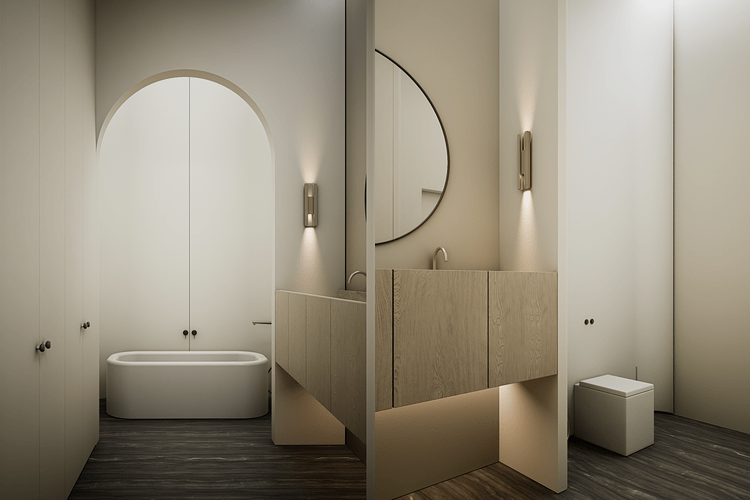
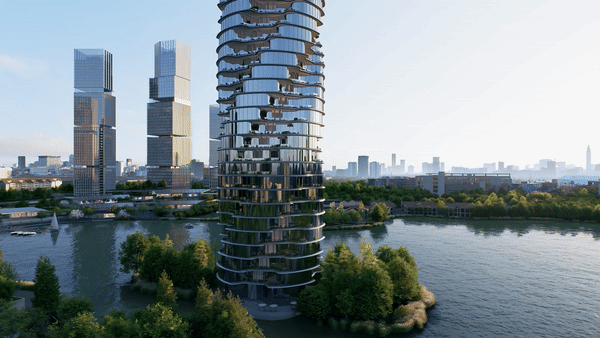

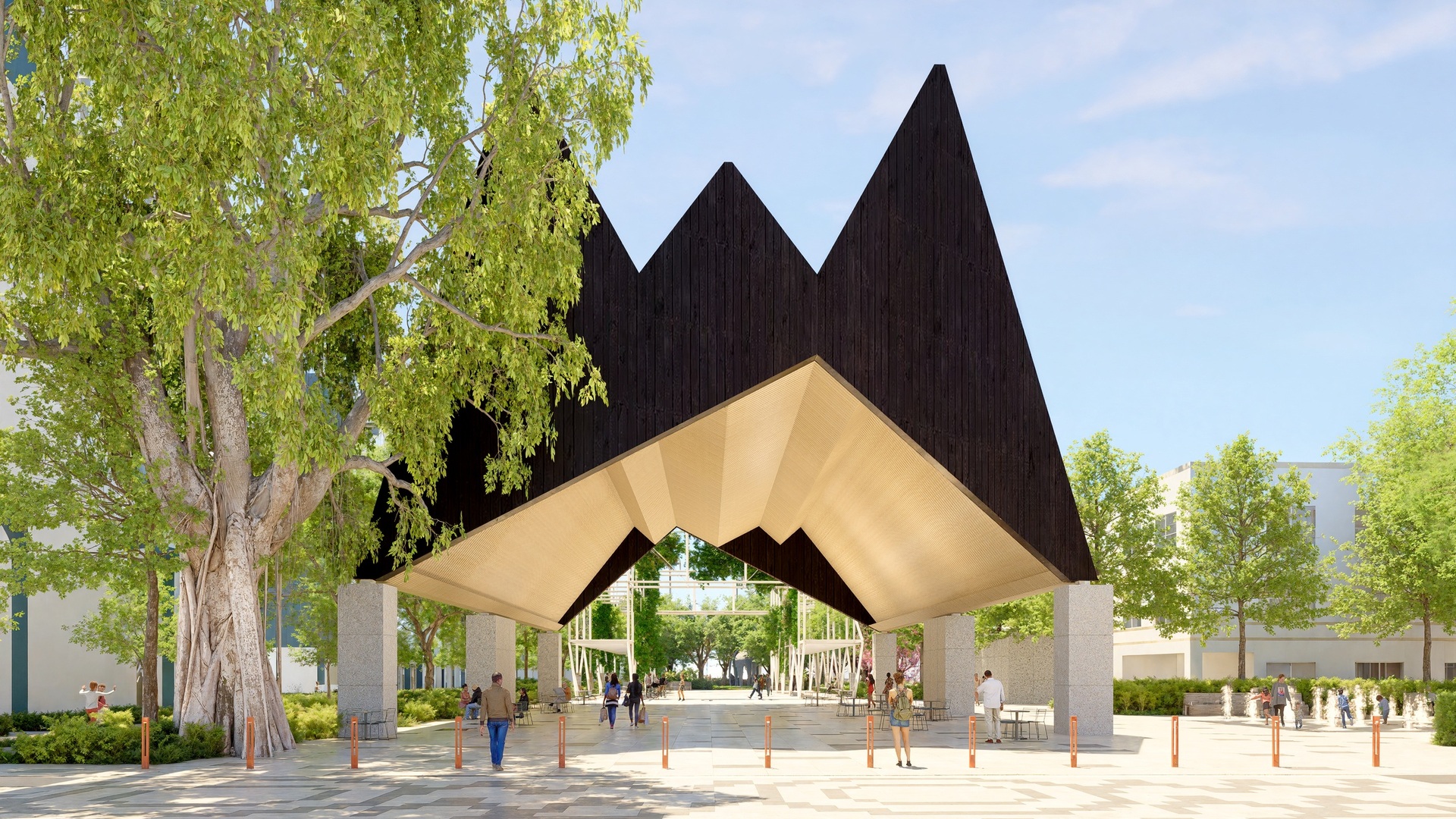
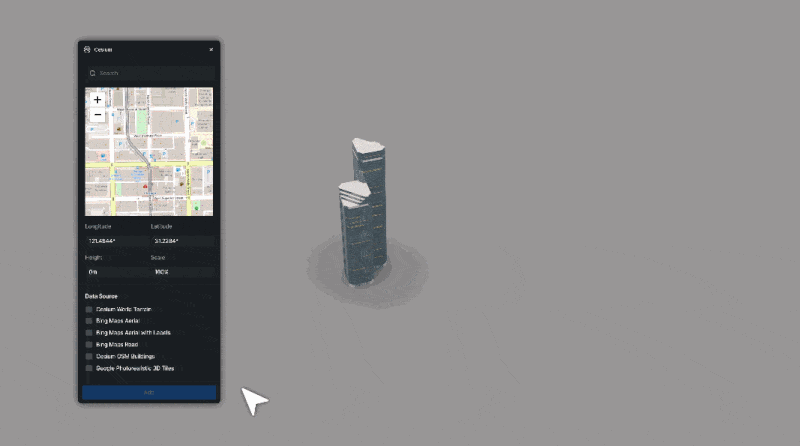



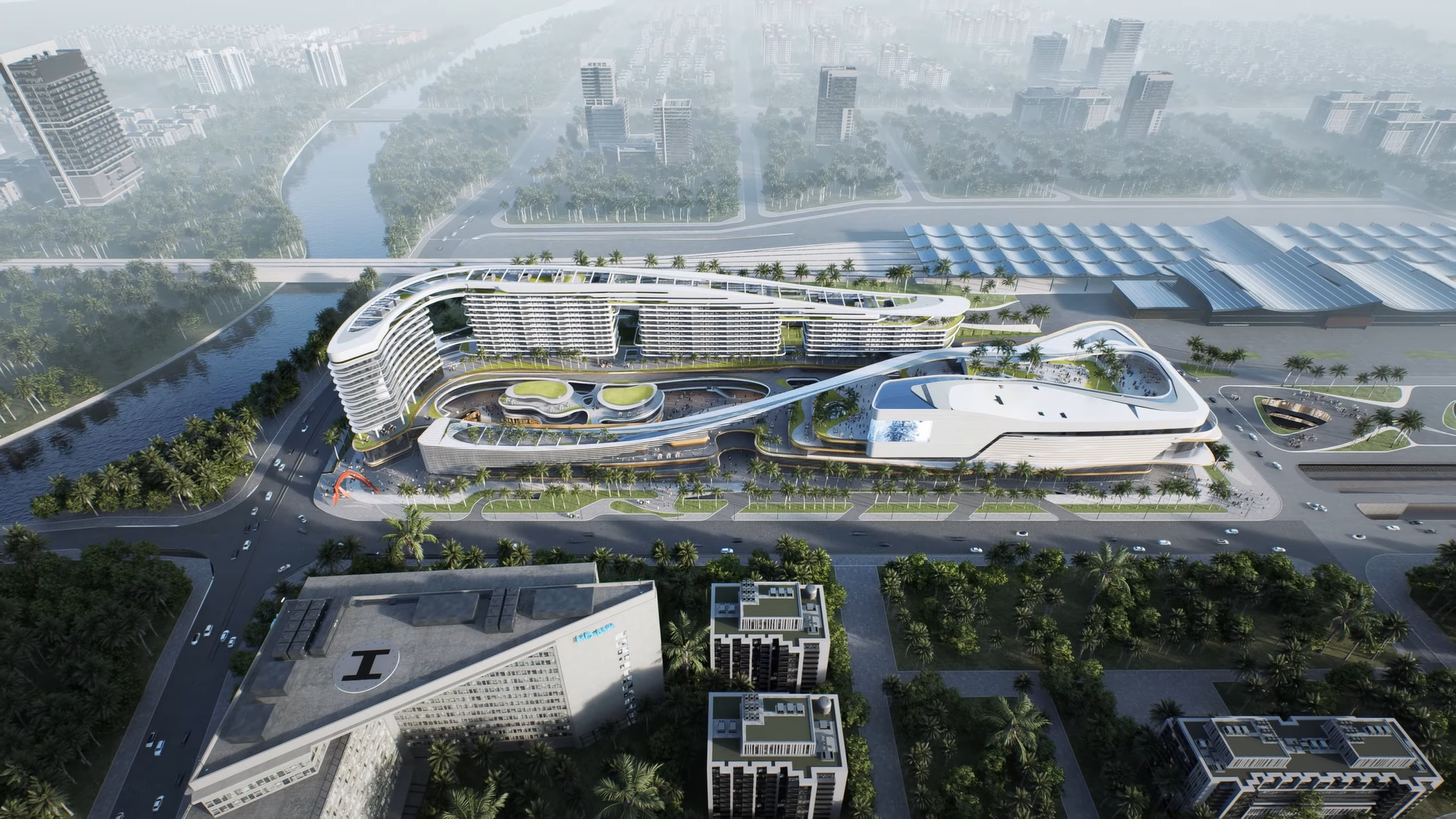

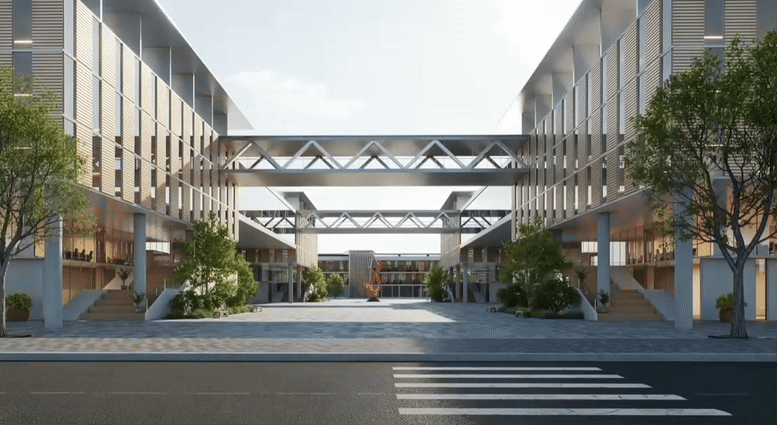

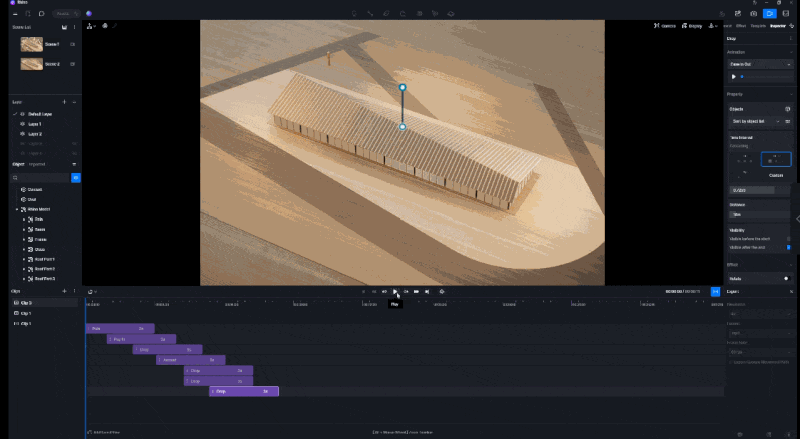
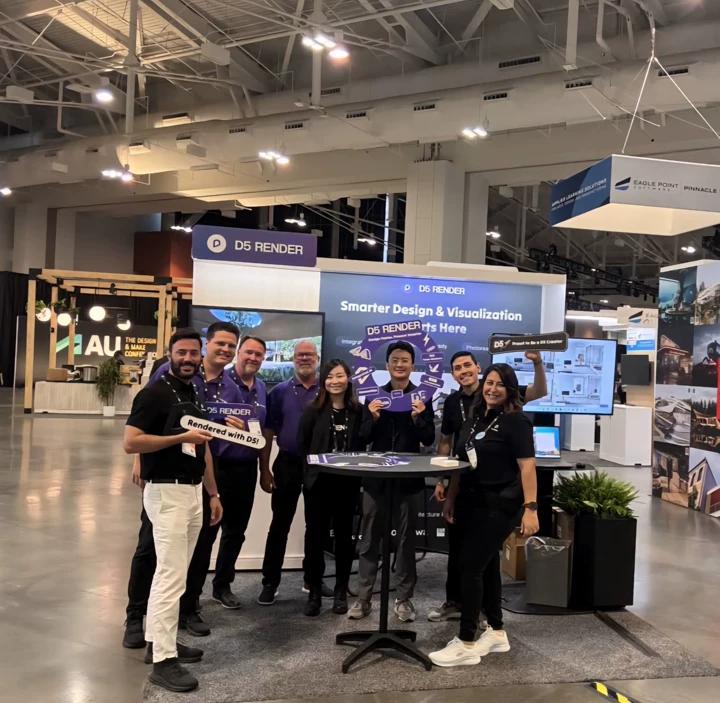

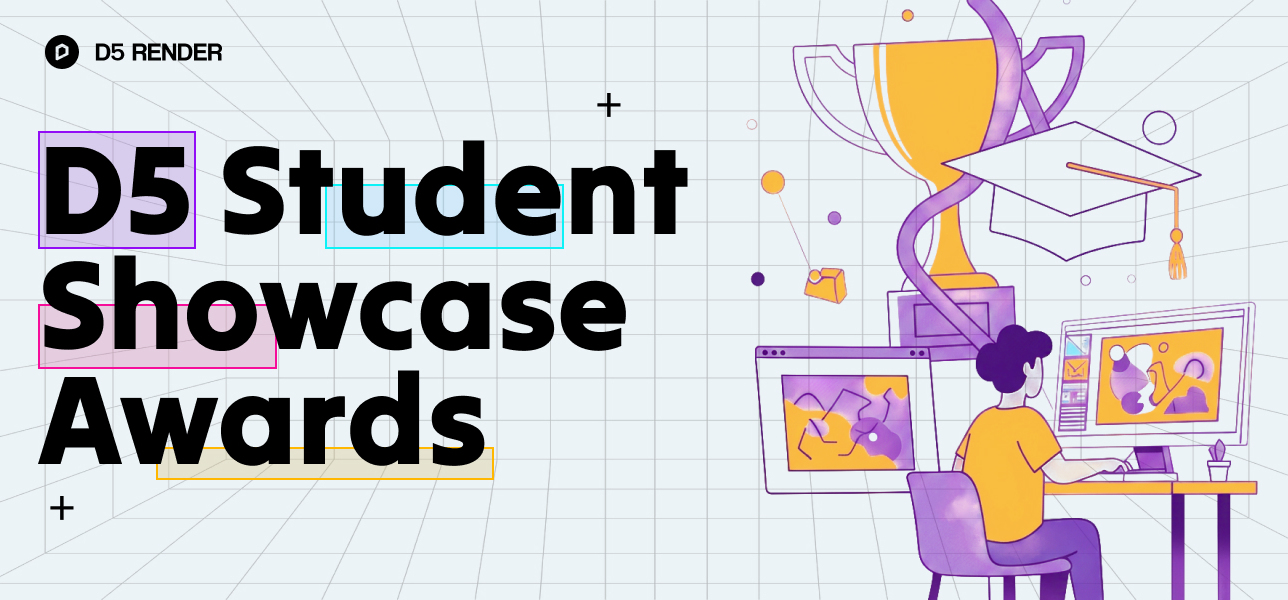

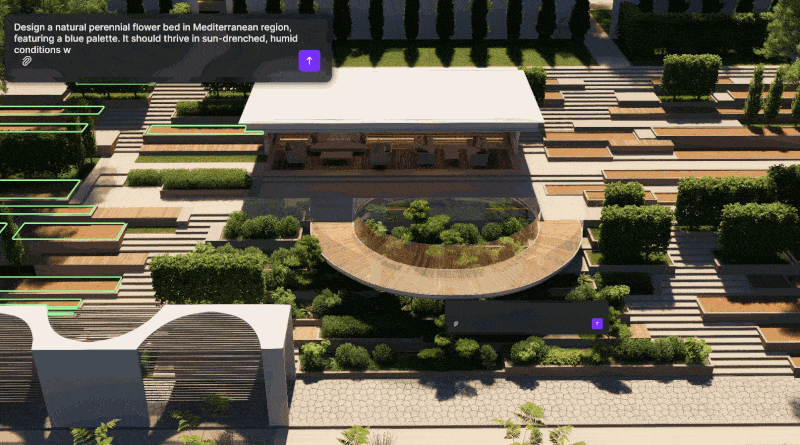
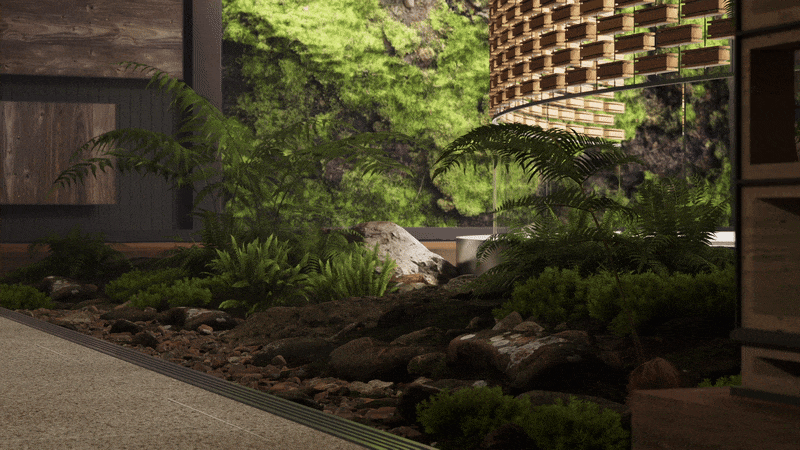

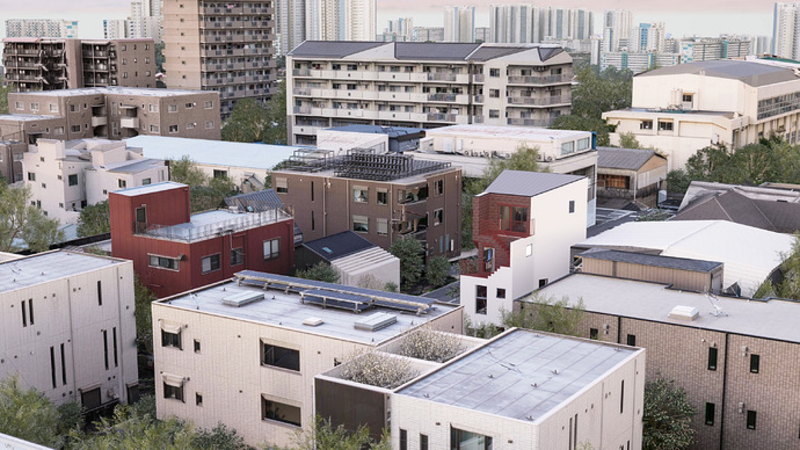
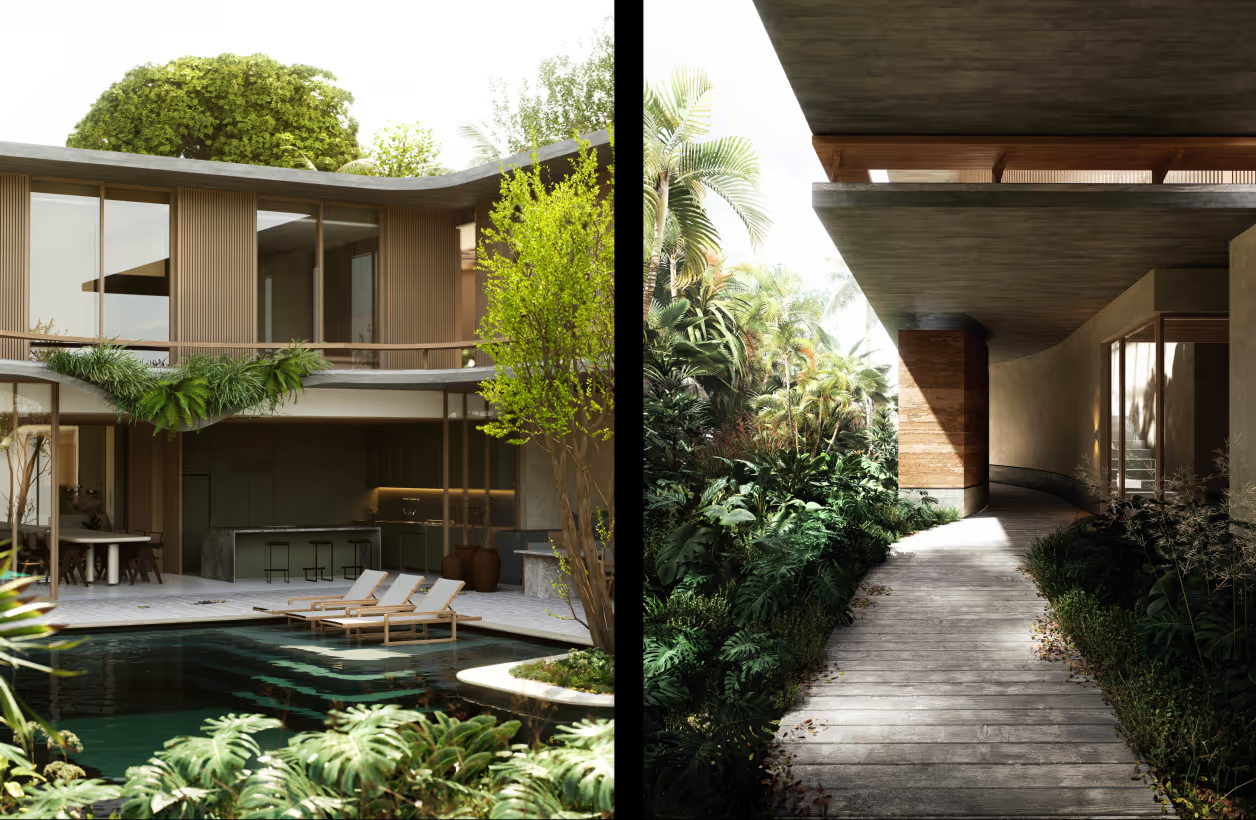
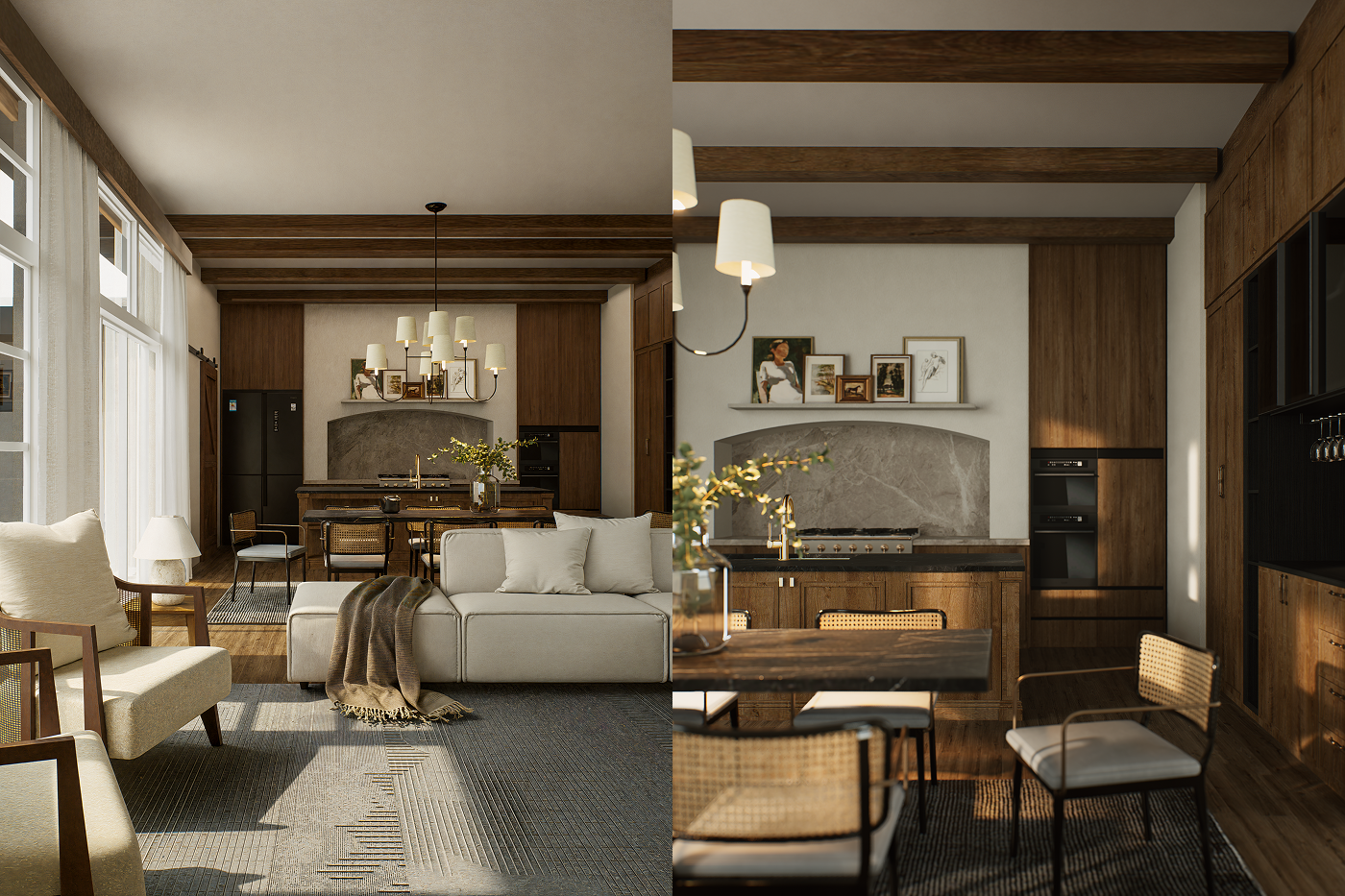
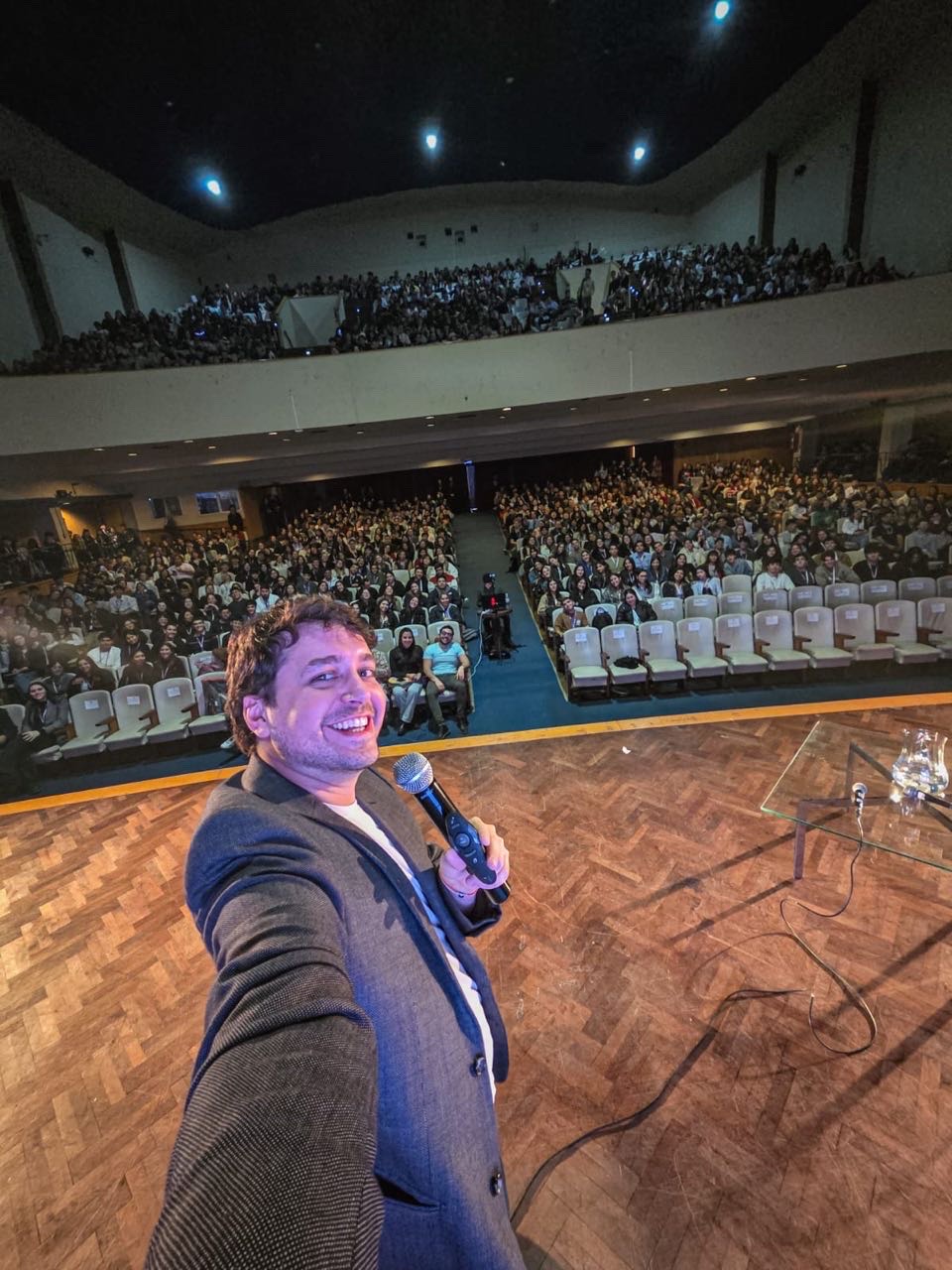
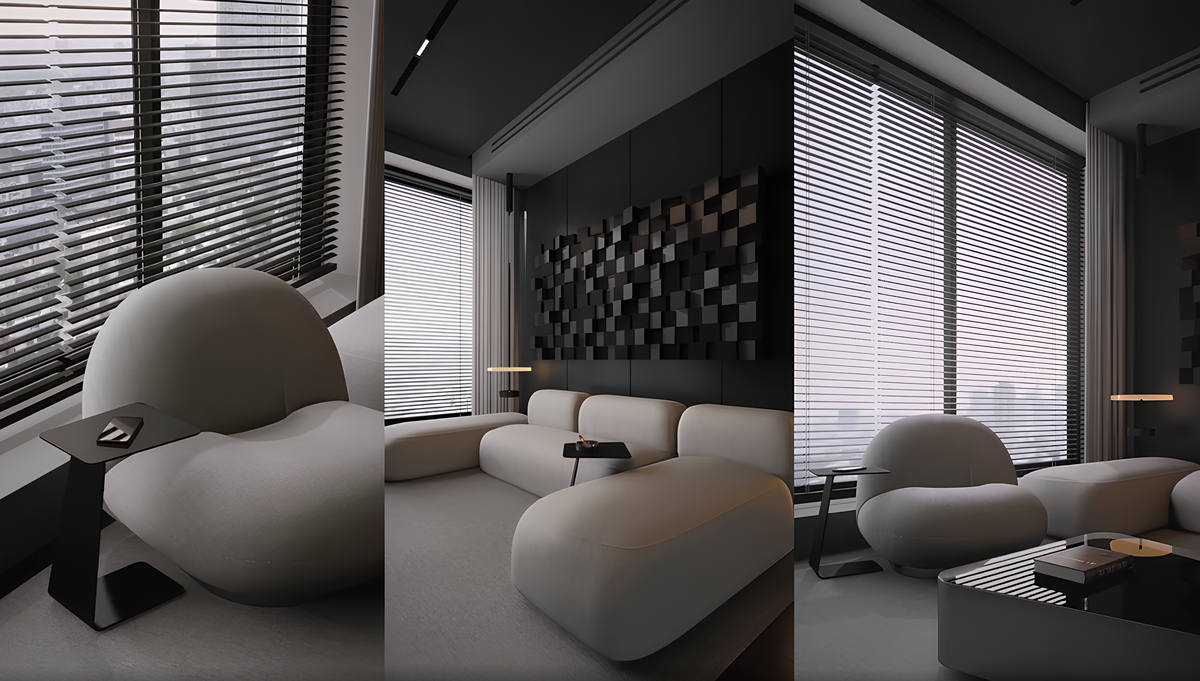
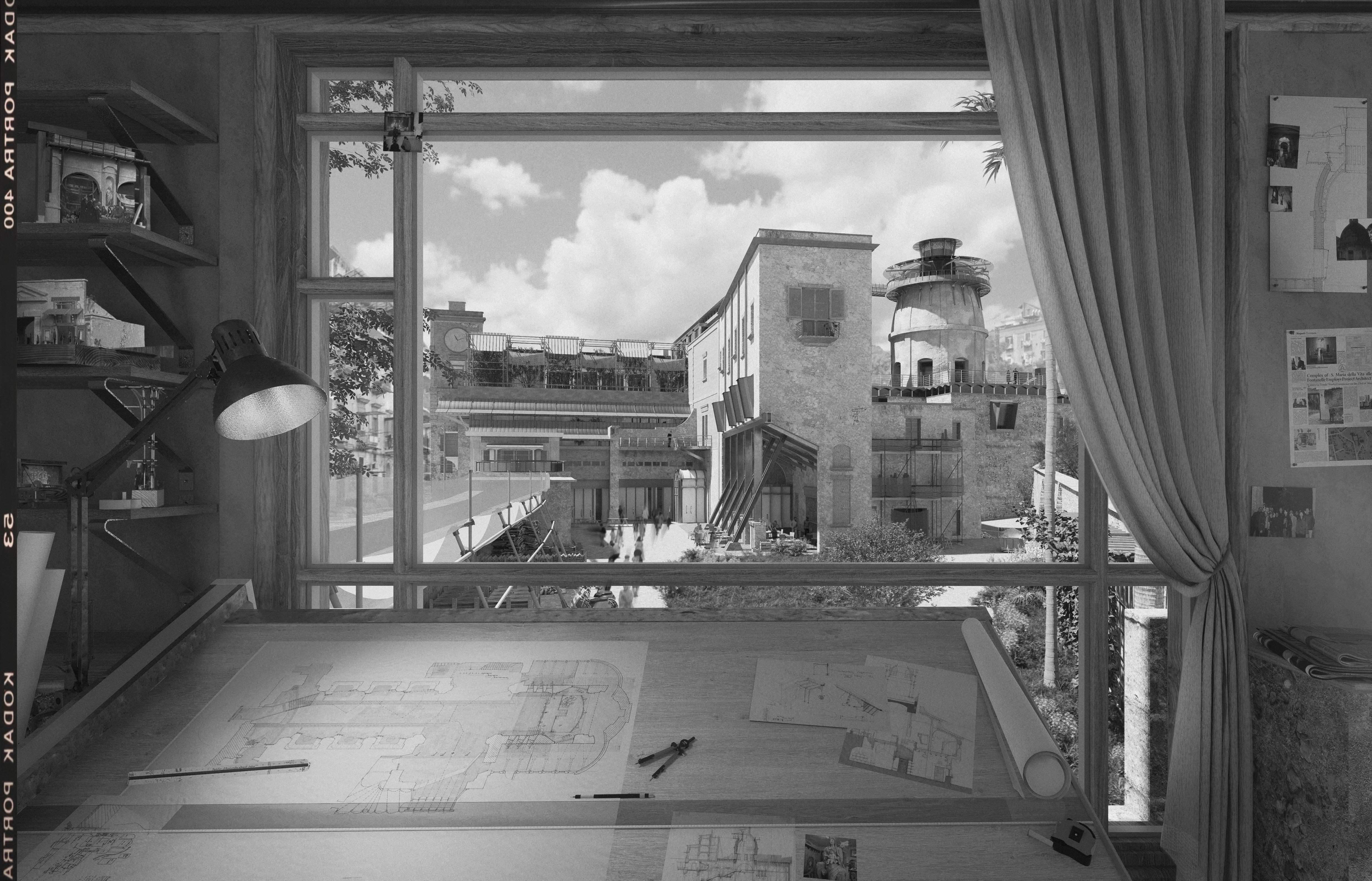

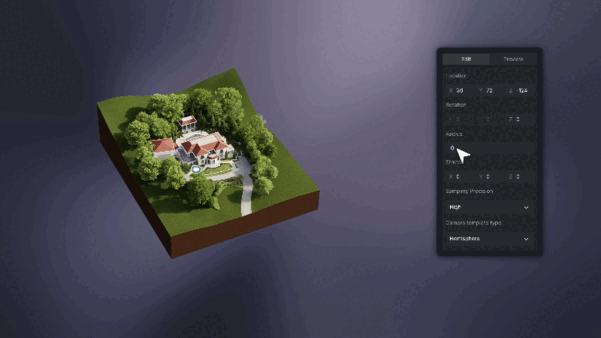

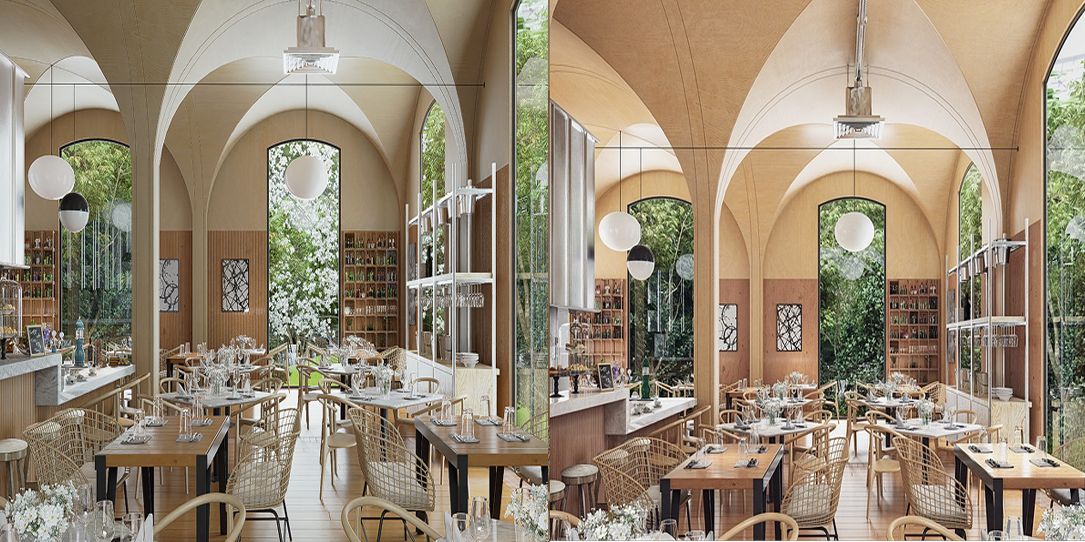

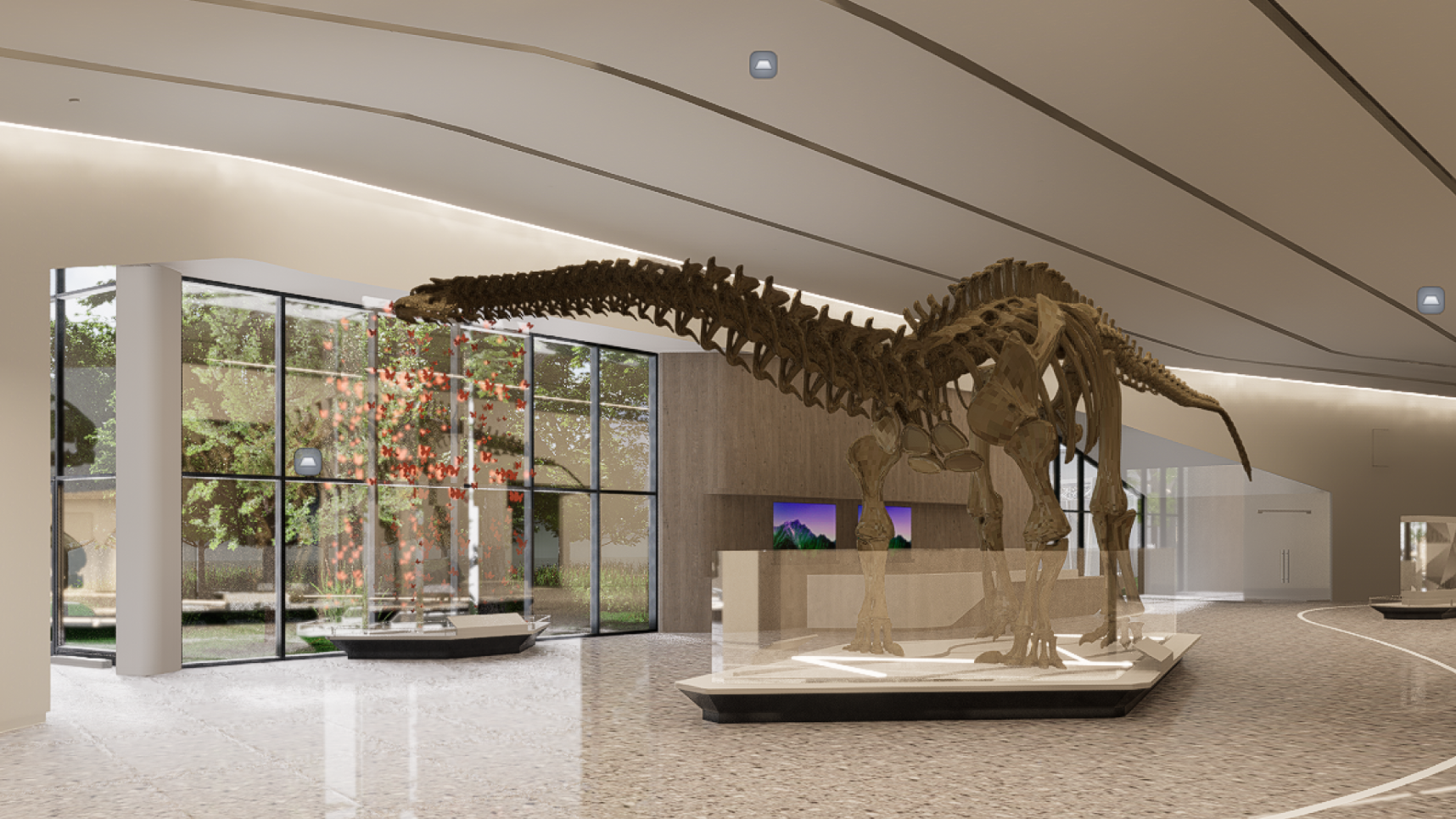
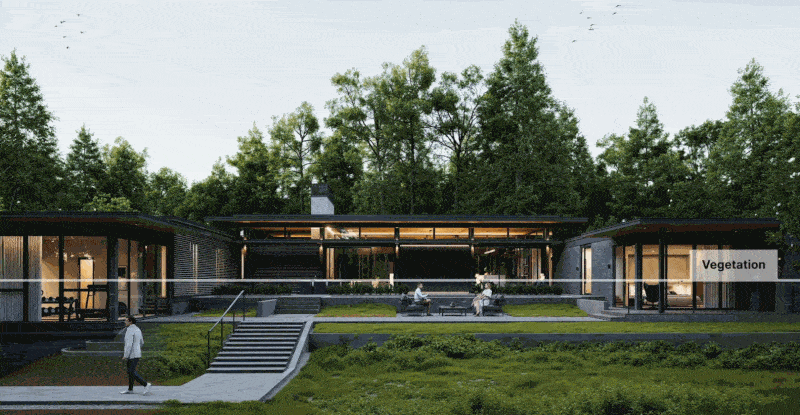


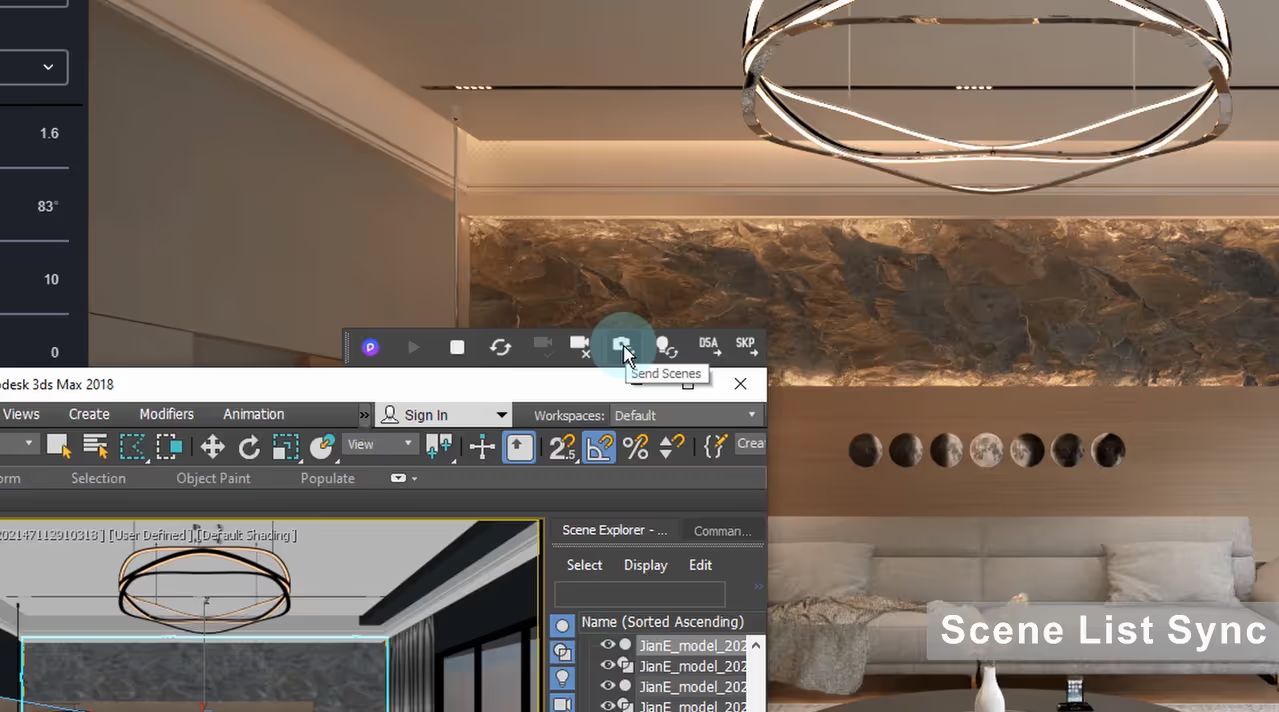


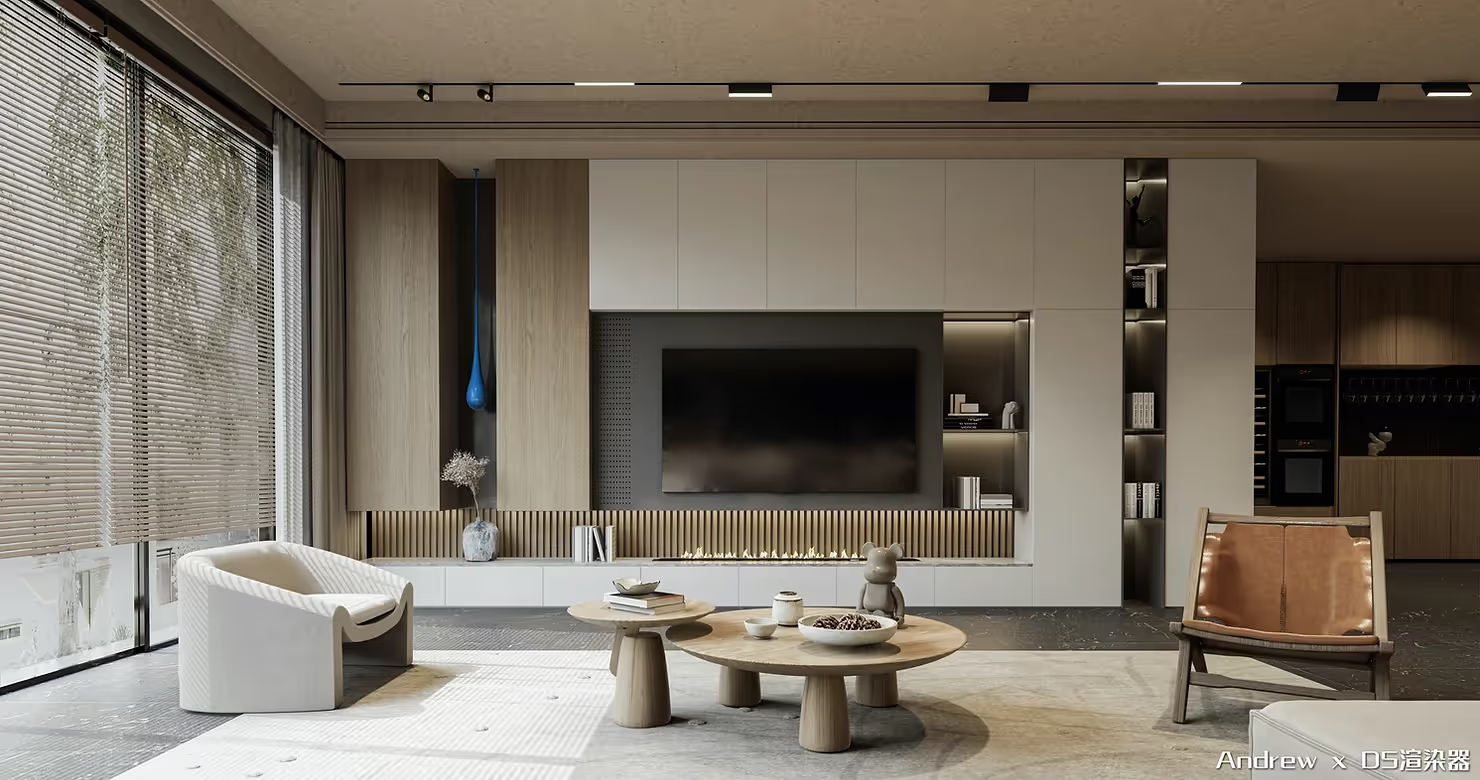
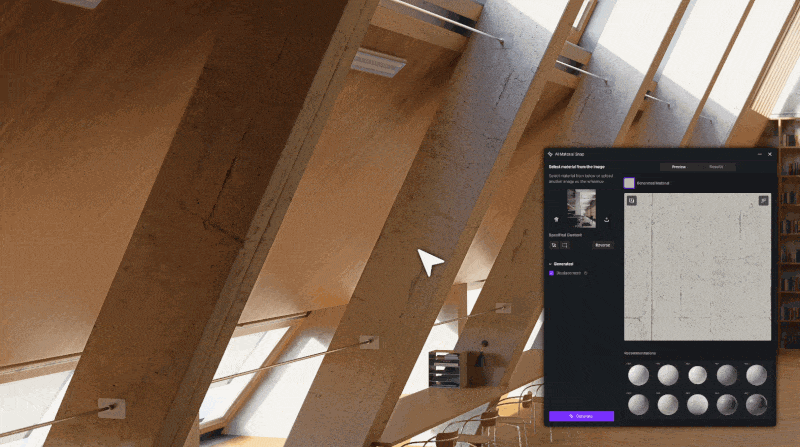
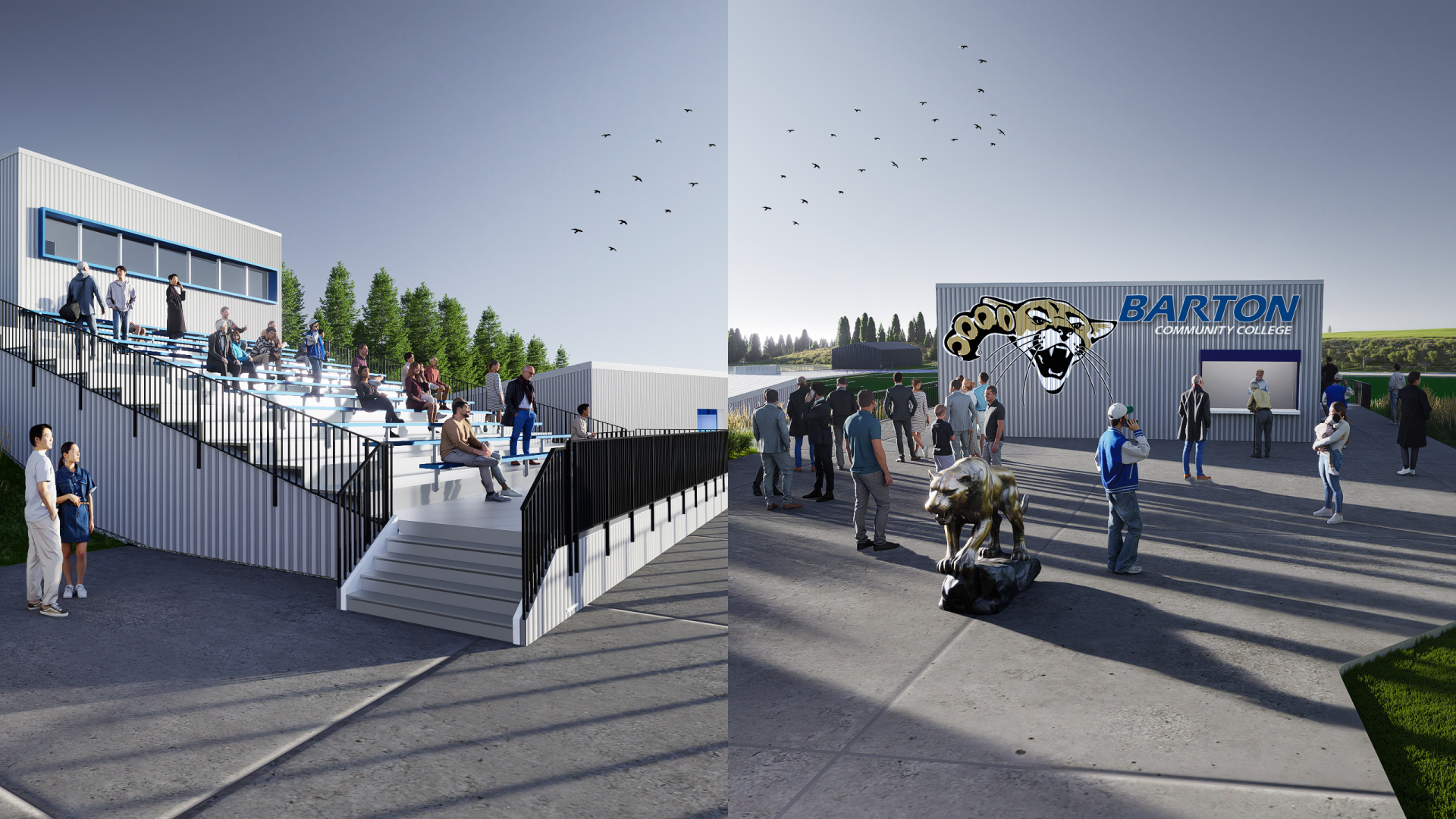
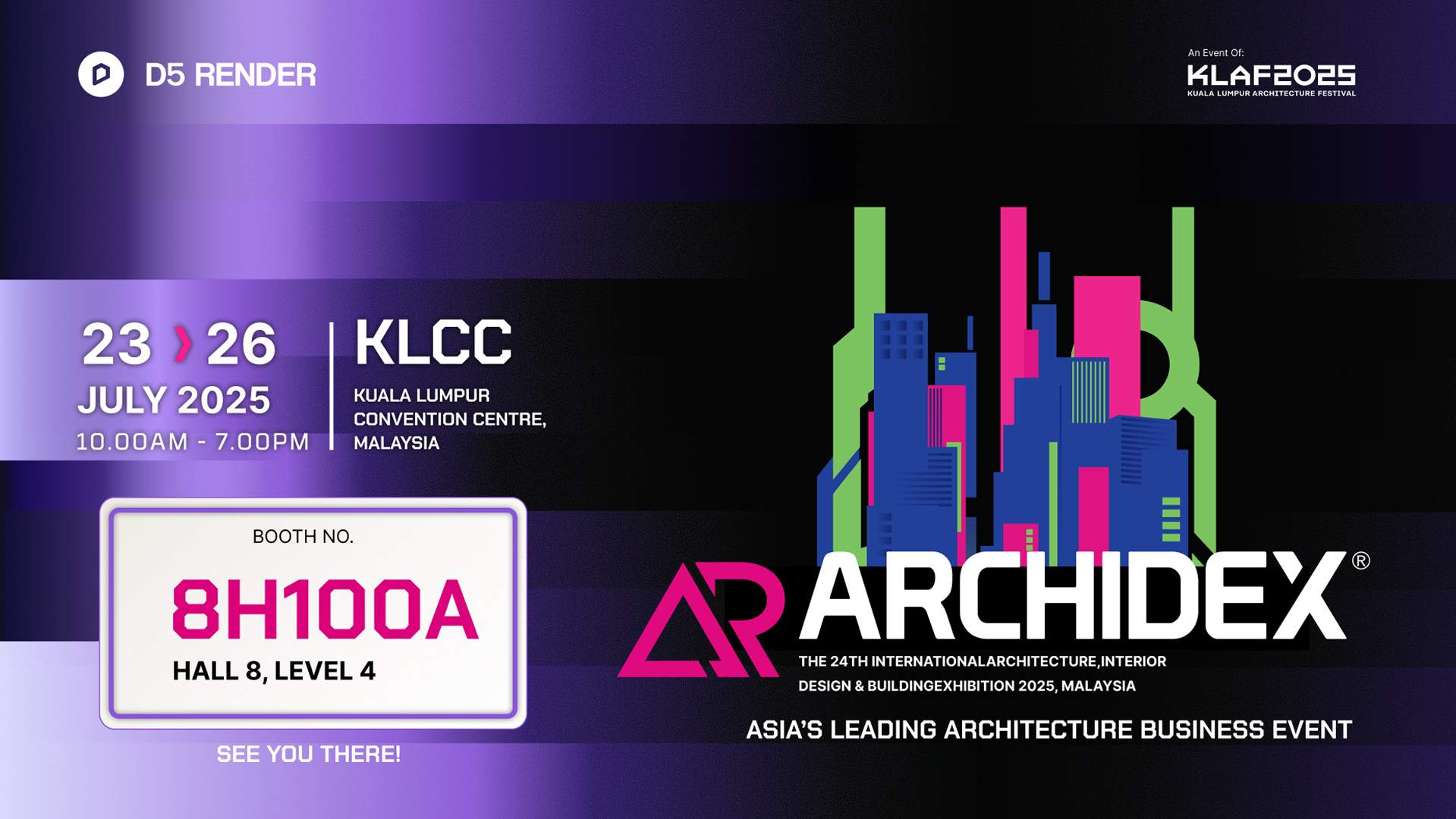

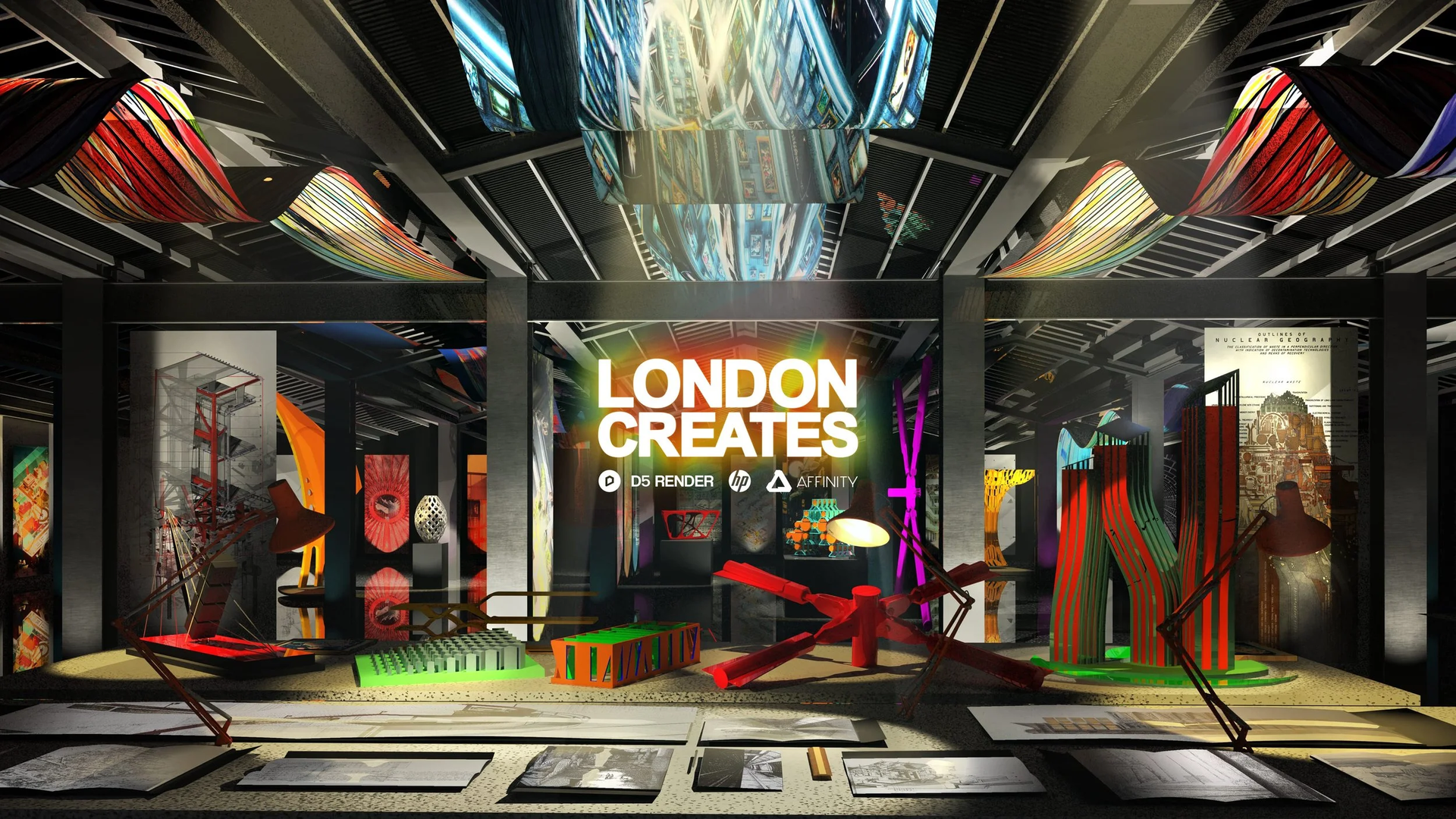
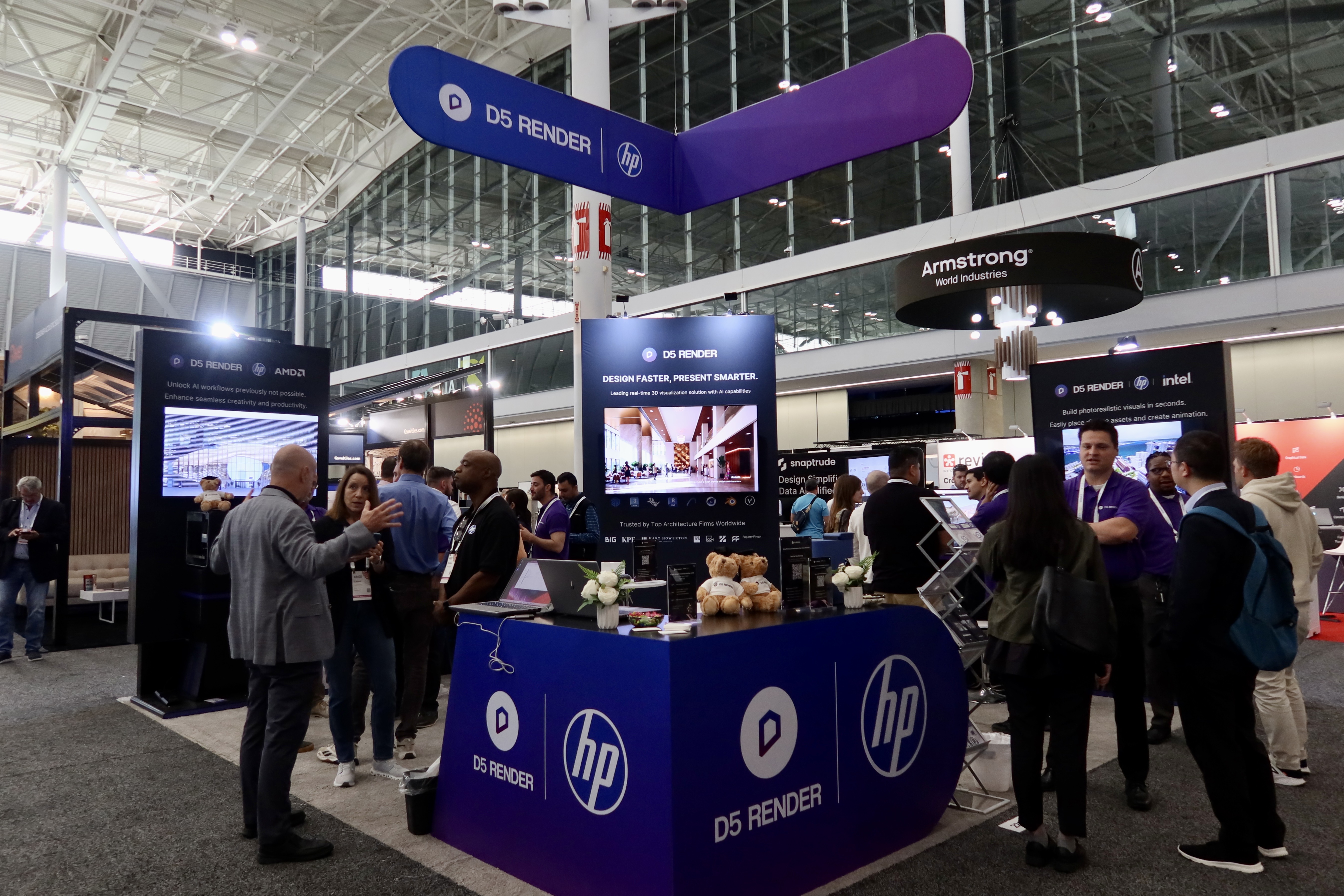
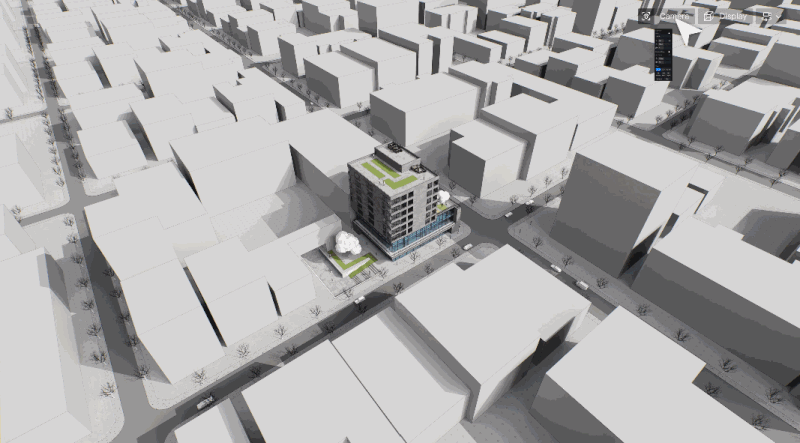

.png)
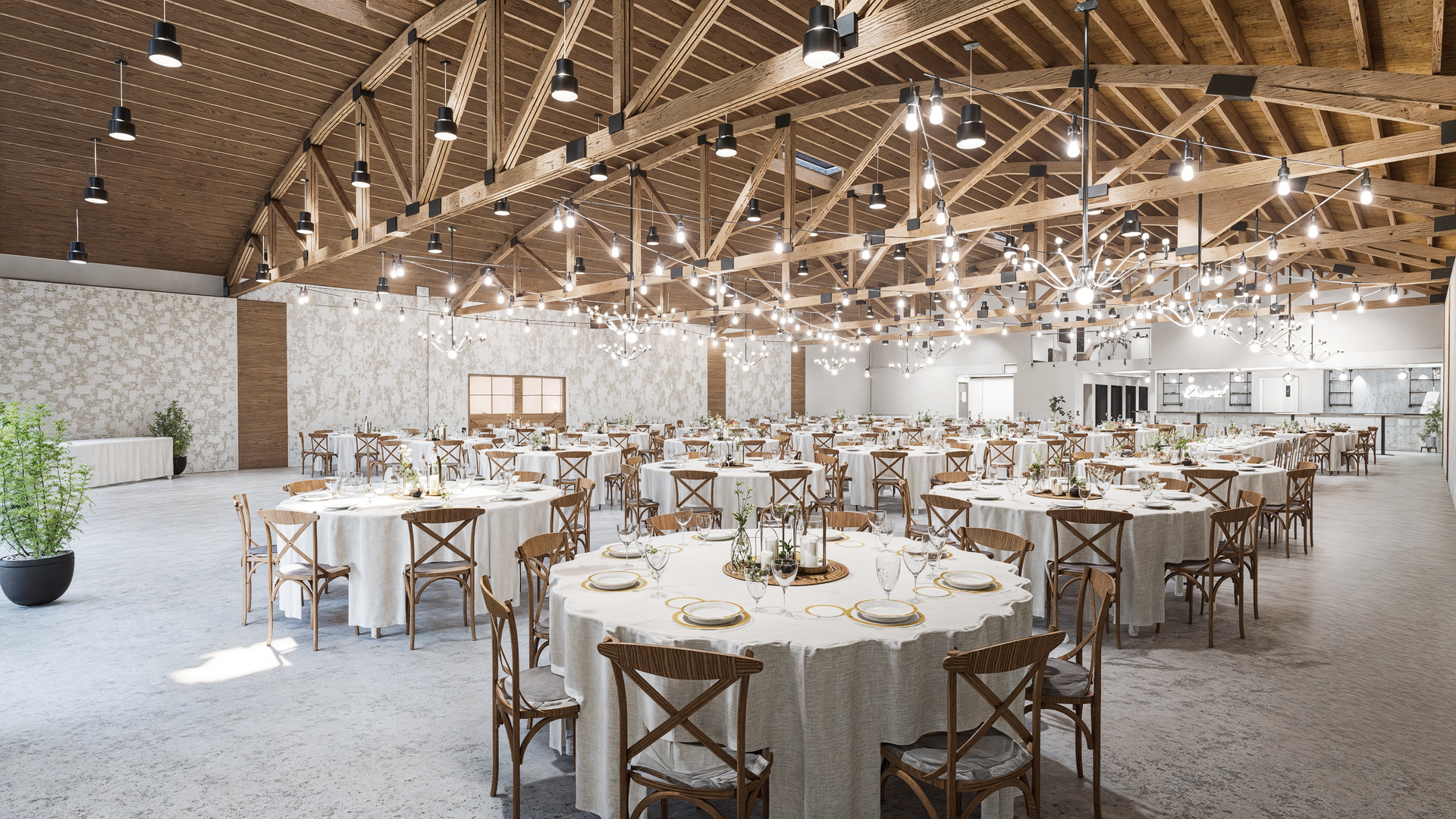
.png)
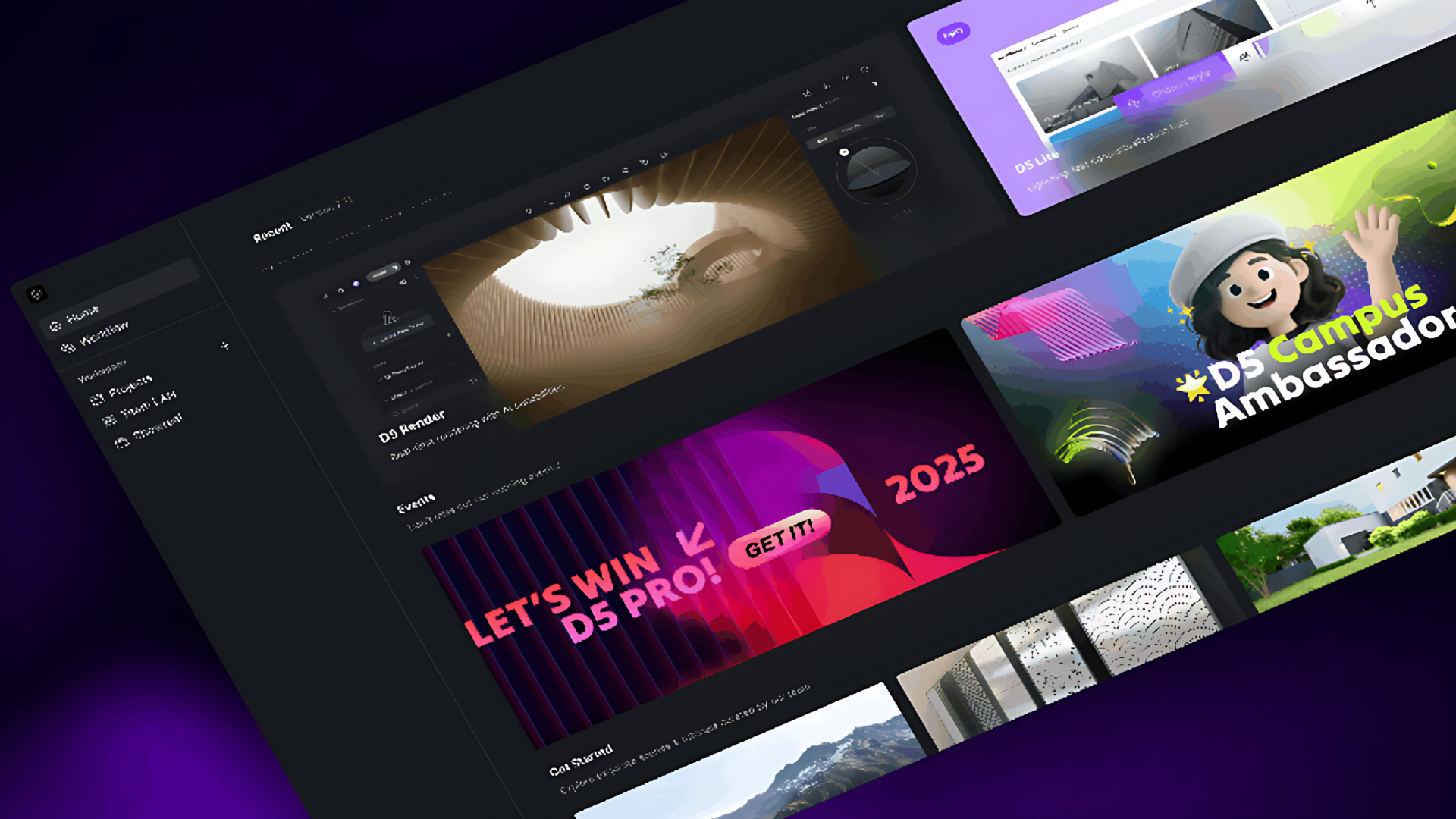
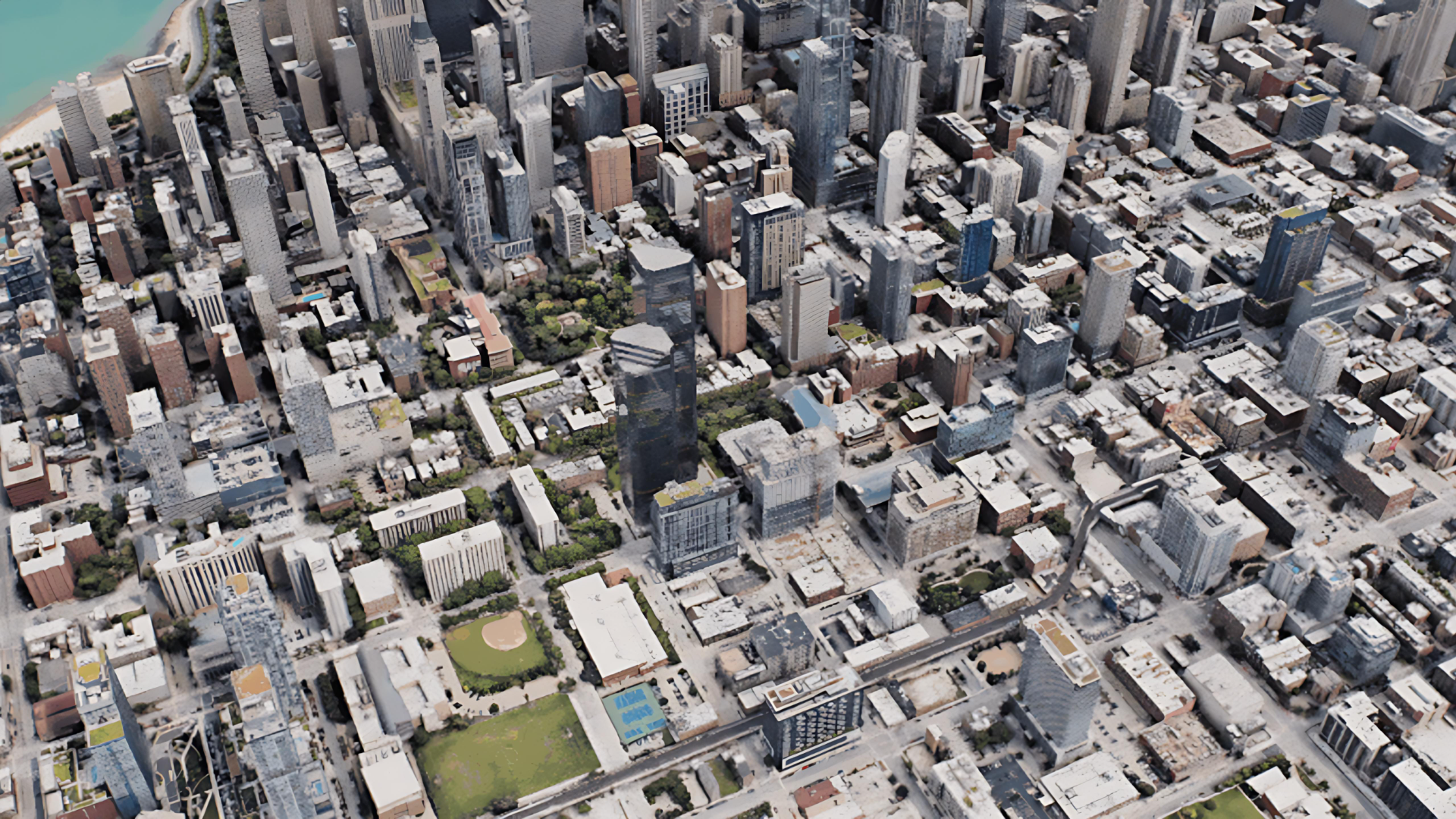
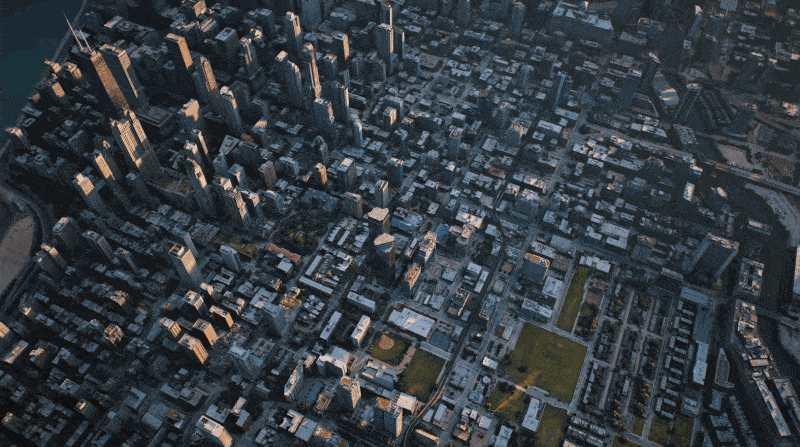
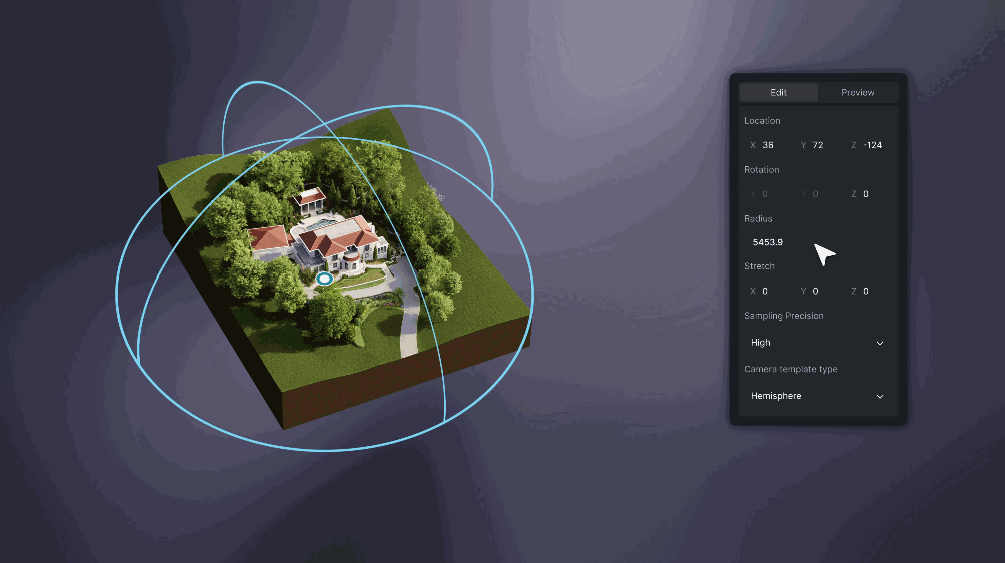
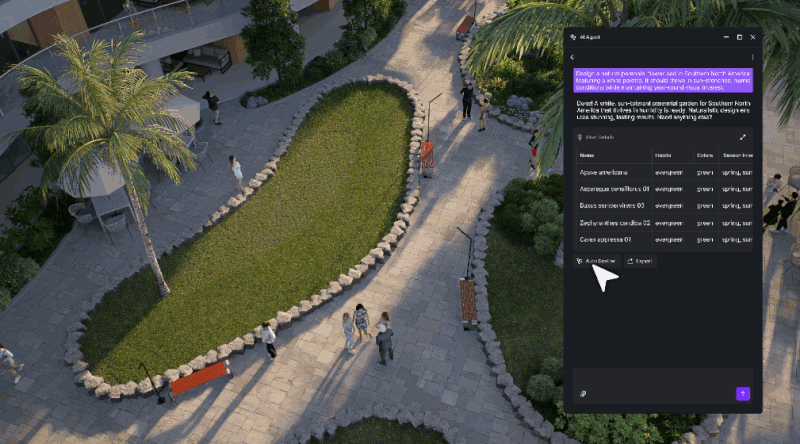
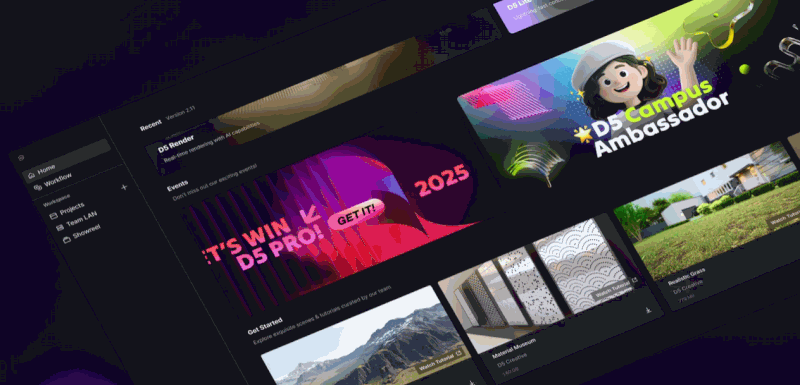
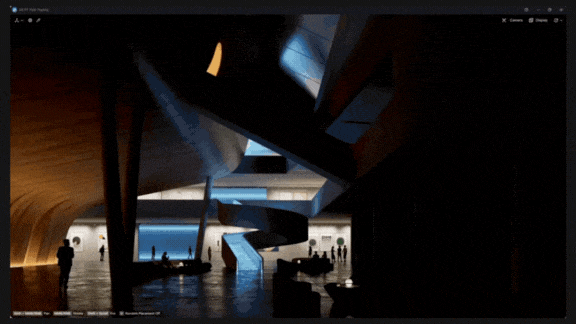
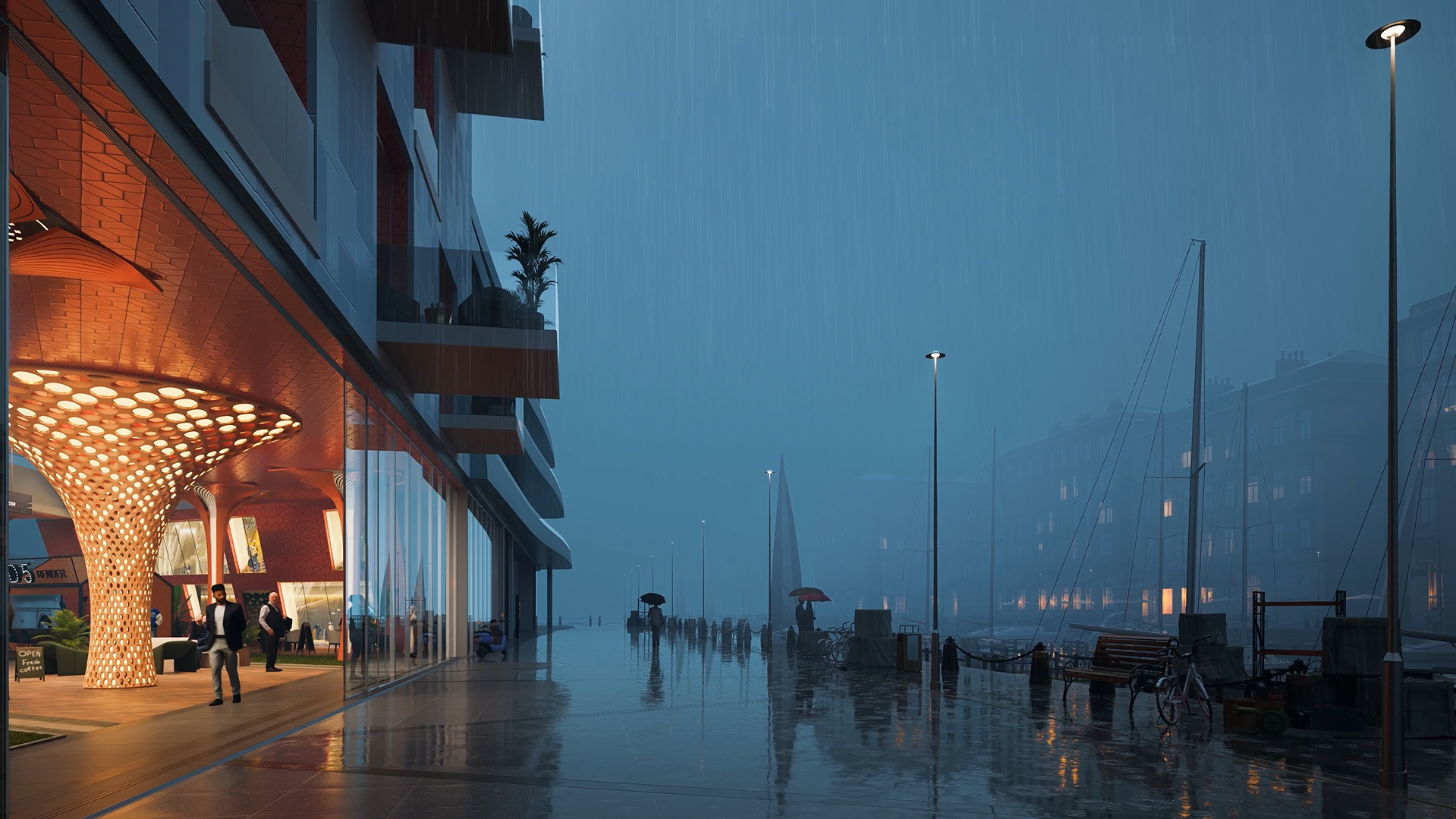
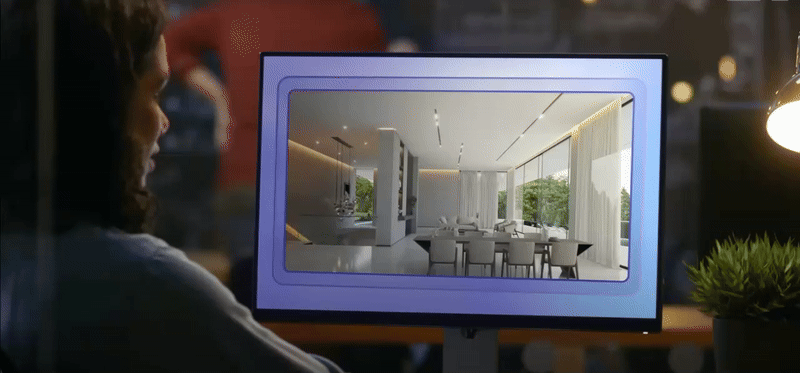






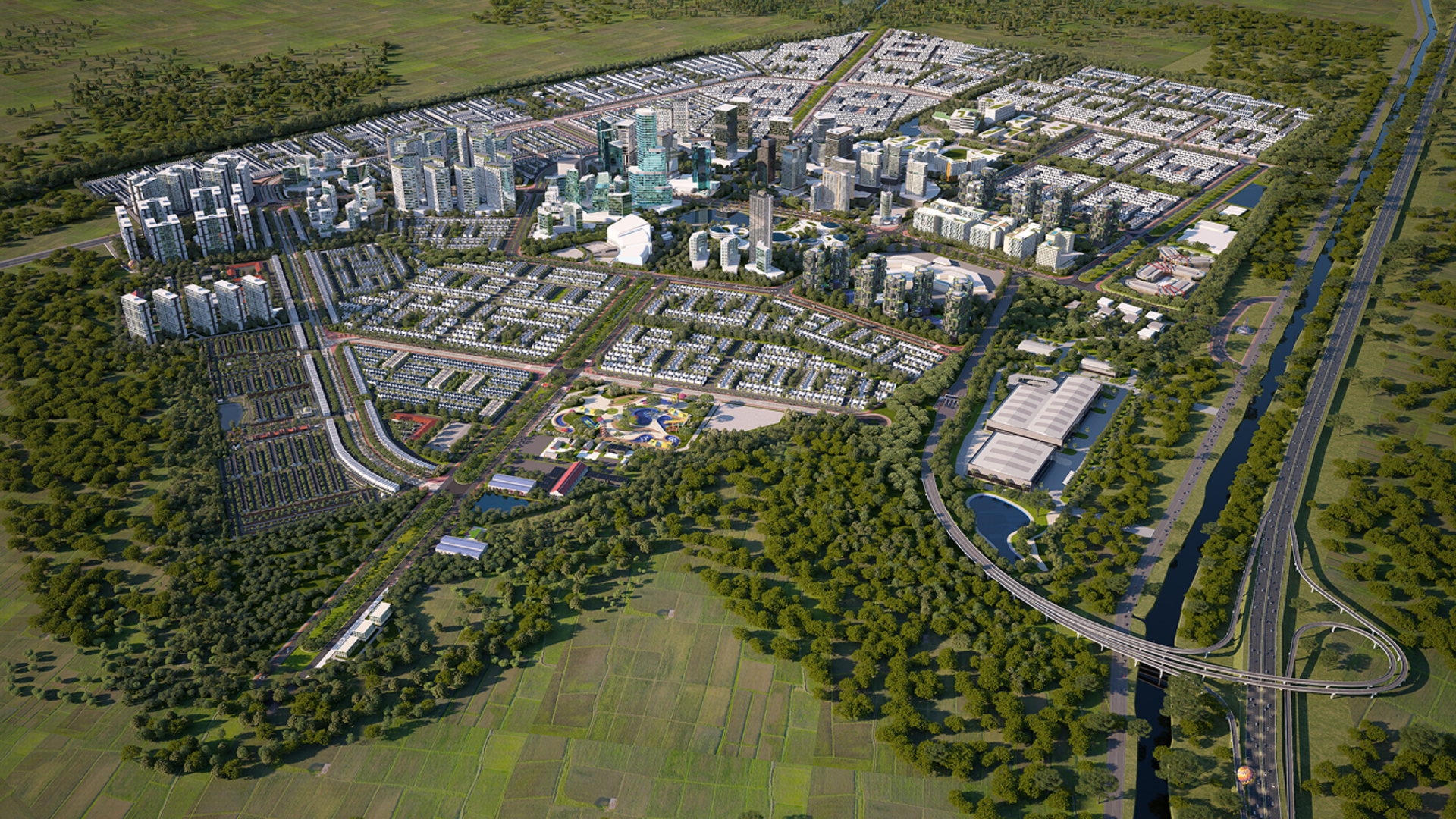








.png)

